This tomahawk is believed to have been made at the Skene foundry at Skenesborough NY, along Lake Champlain, by Philip Skene, who settled there in the early 1750 time frame. It was offered to the local Iroquois as a peace treaty so Skene and his family could settle in the area and live peacefully. The pipe head, which is almost 6 inches in length, has a pierced heart in the blade, and is original. The haft was added in the early 1900’s by the owner of a private Ticonderoga museum. The piece was on display at the museum until it was purchased by James Dunn and his grand daughter, Maryann Dunn, in 1937. The Dunn collection consisted of over 1500 items from the French & Indian and Revolutionary War period. It was inherited by Maryann Dunn after his death . See supporting documents from Maryann and antique dealer, Richard Armstrong, below.
December 2025 M T W T F S S 1 2 3 4 5 6 7 8 9 10 11 12 13 14 15 16 17 18 19 20 21 22 23 24 25 26 27 28 29 30 31 -
Recent Posts
Recent Comments
- Canadian Loyalist on John Lyon, Conn – 1765
- Rich on Captain Abraham Remsen’s horn, dated June 1776
- Jason on WAKIZASHI – SIGNED MASATSUGU
- pjm on Captain Abraham Remsen’s horn, dated June 1776
- Rich on Captain Abraham Remsen’s horn, dated June 1776
Archives
Categories

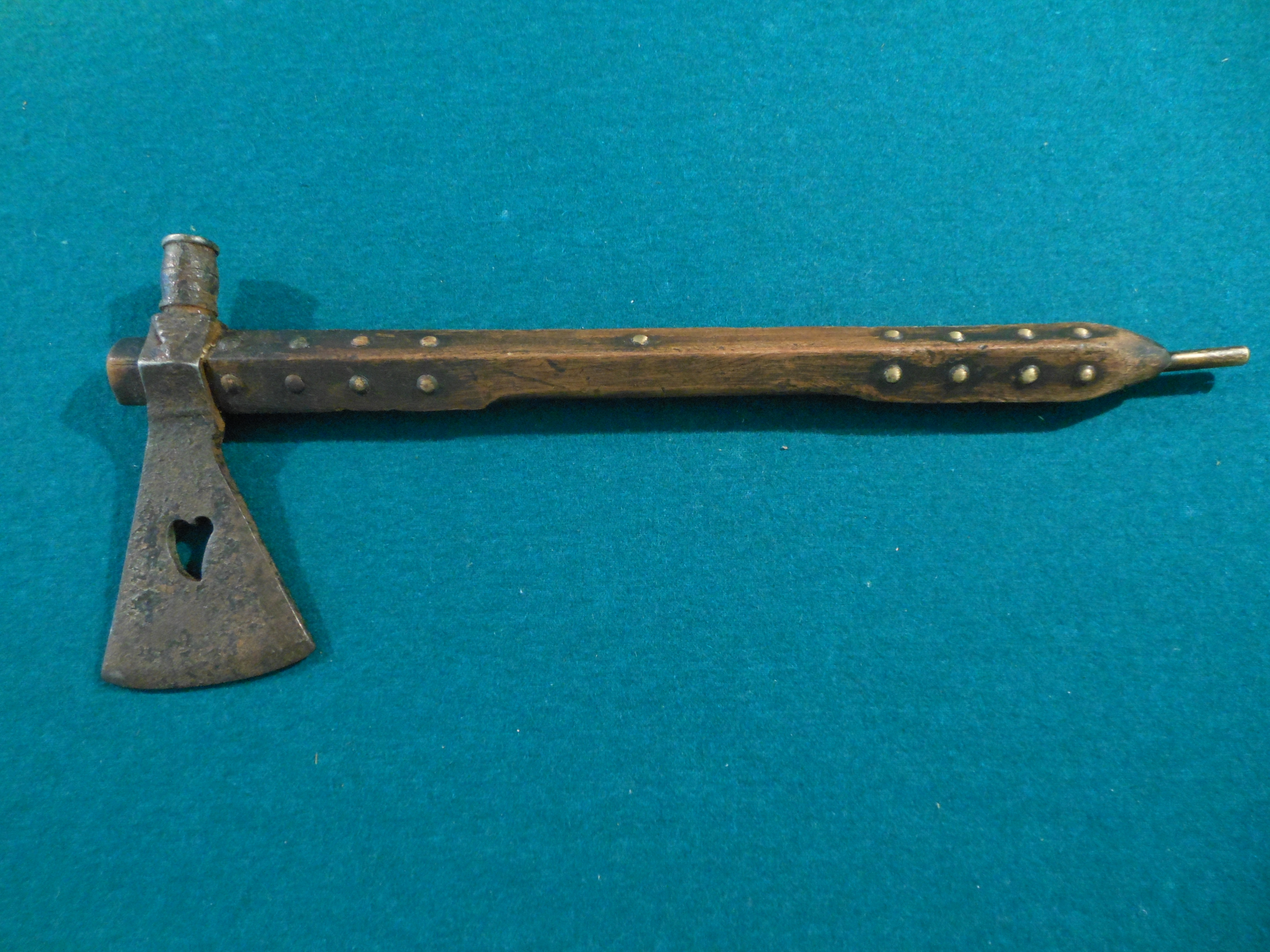

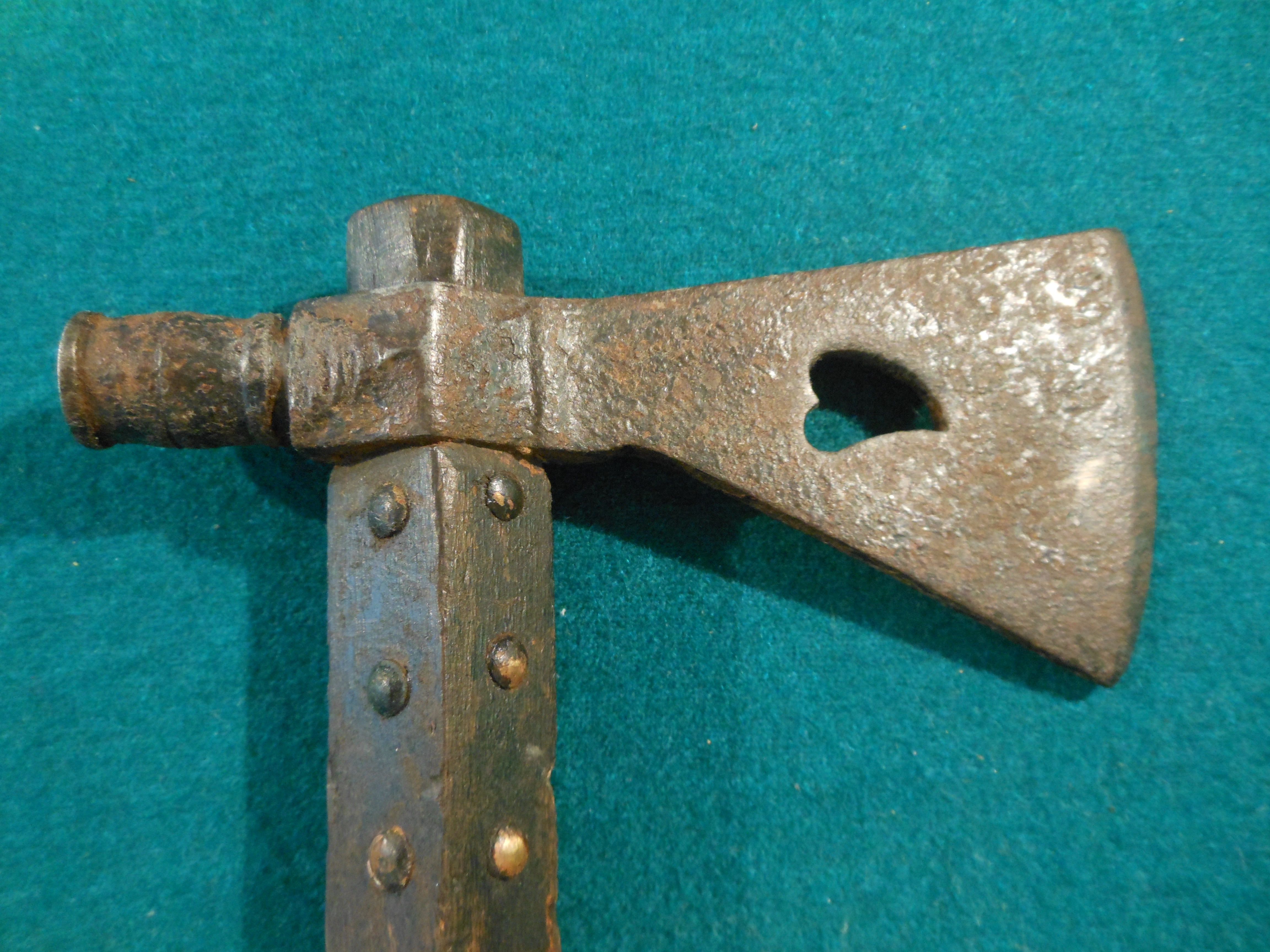

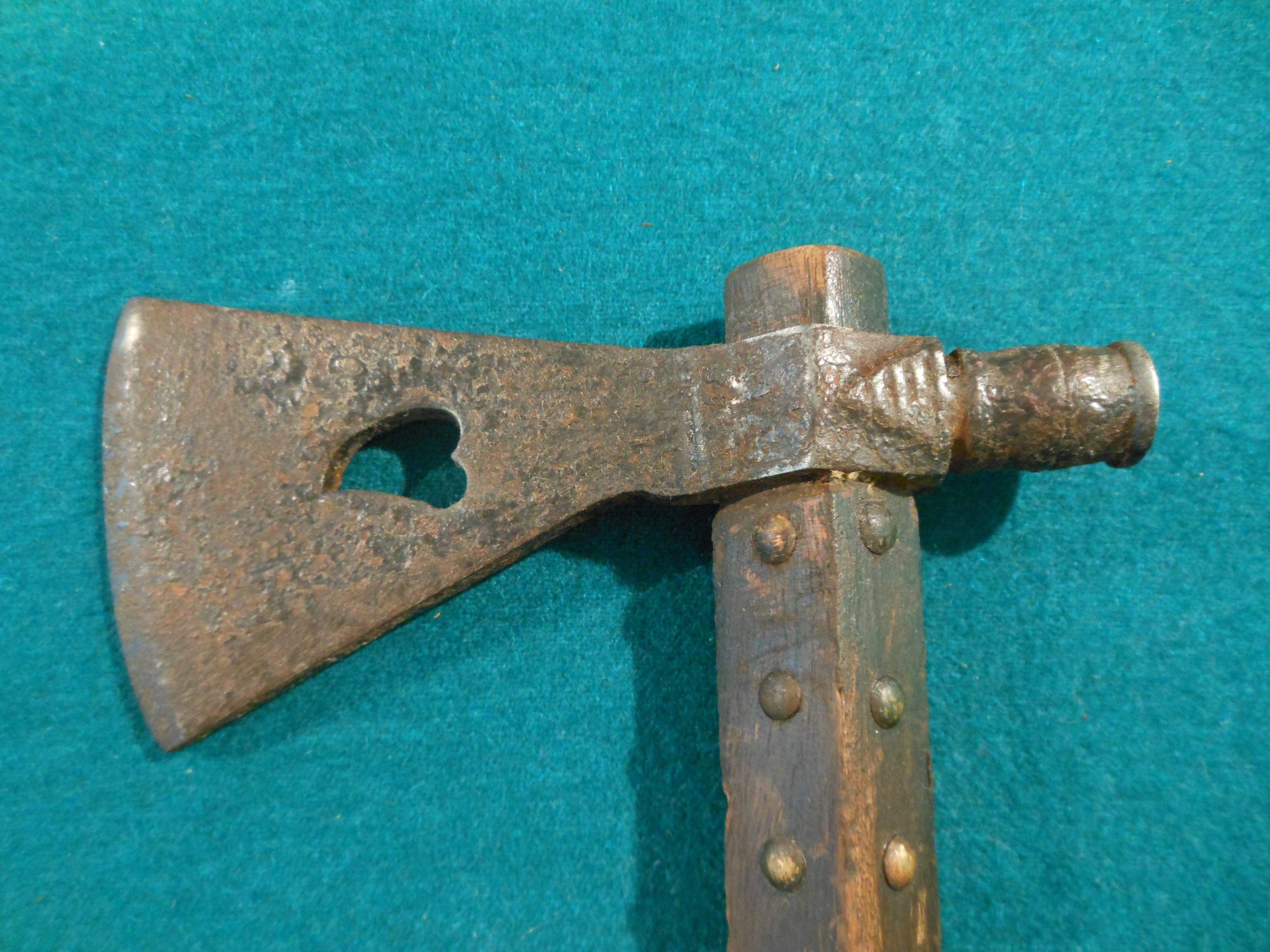
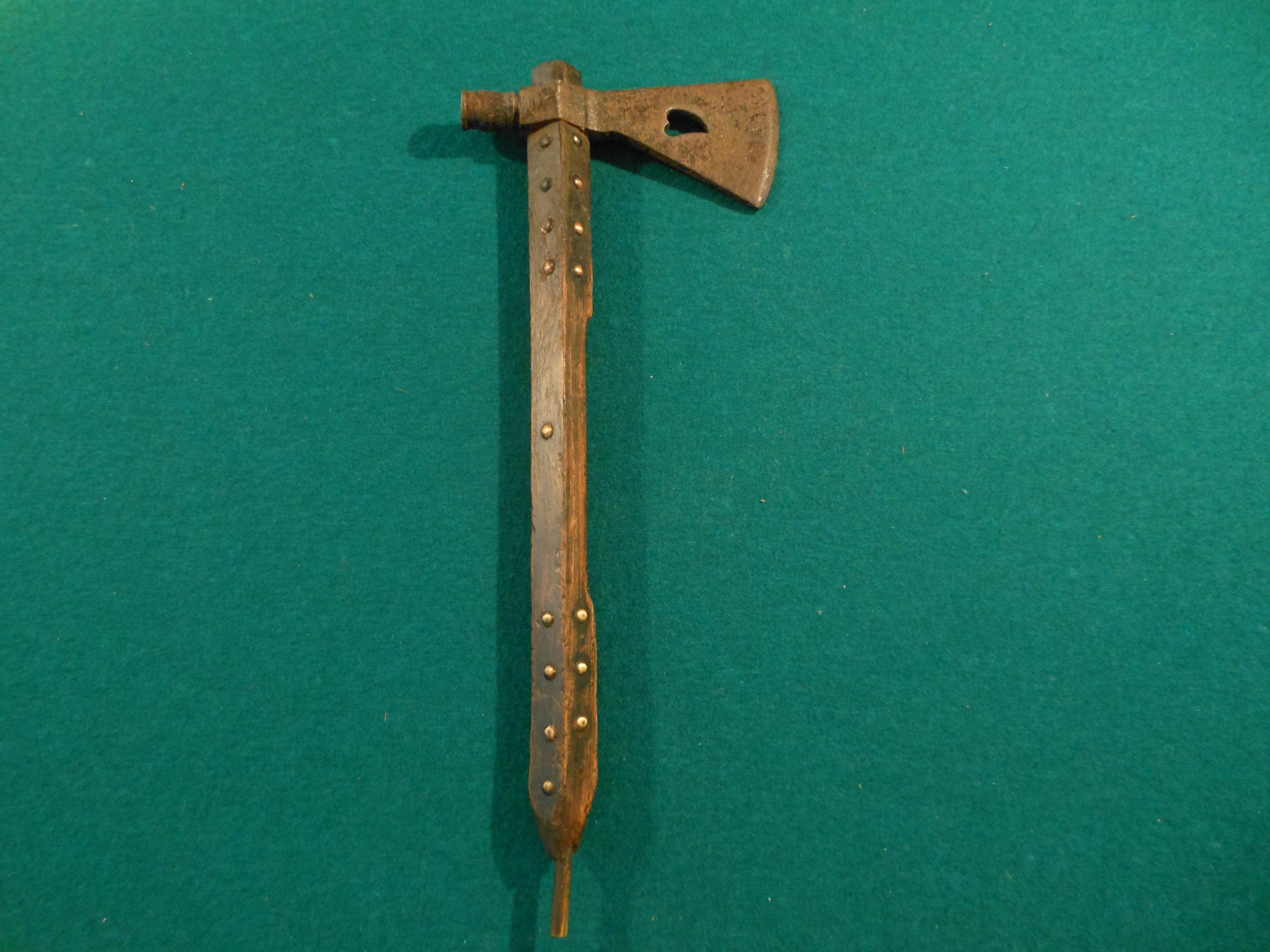

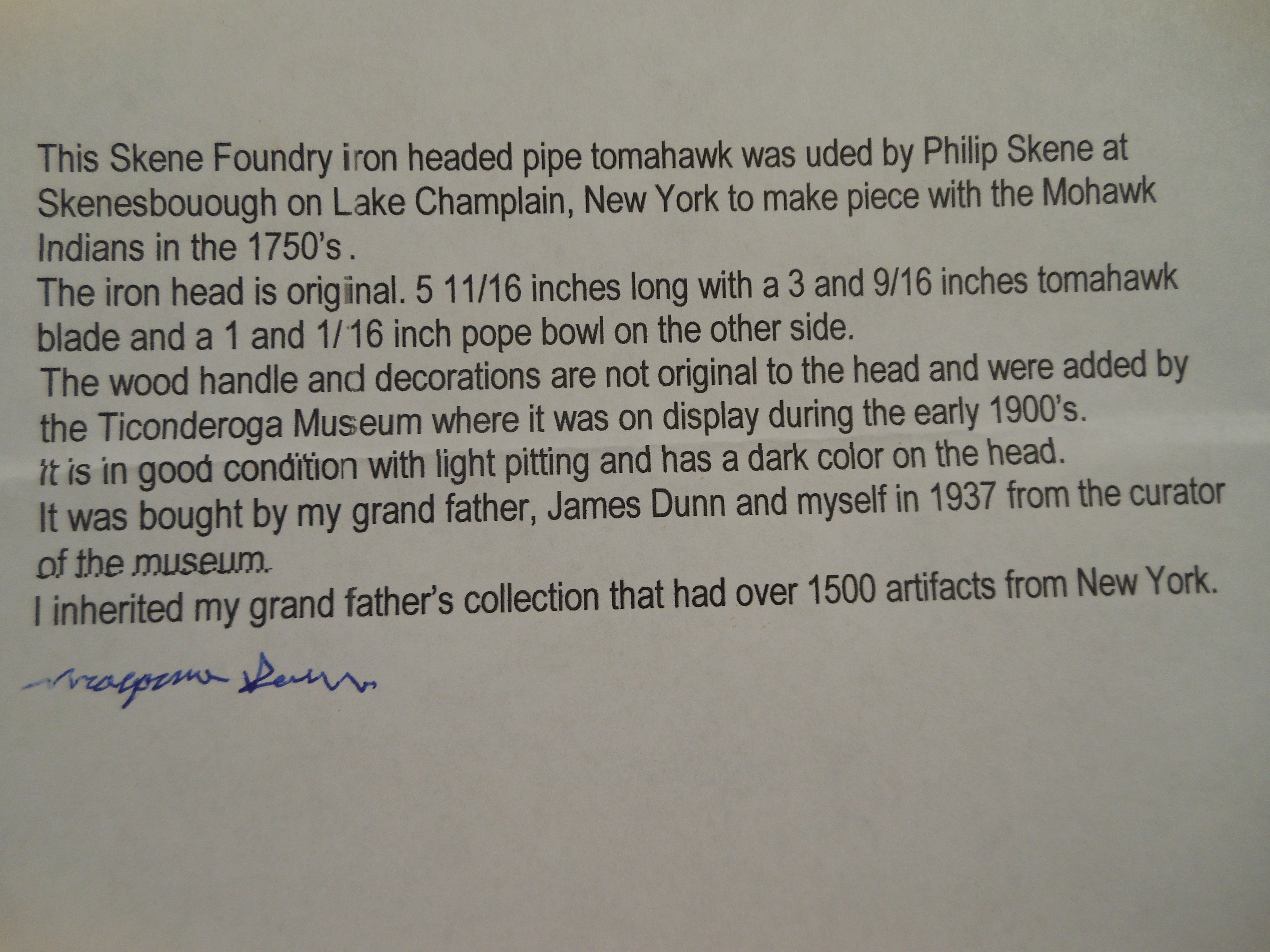






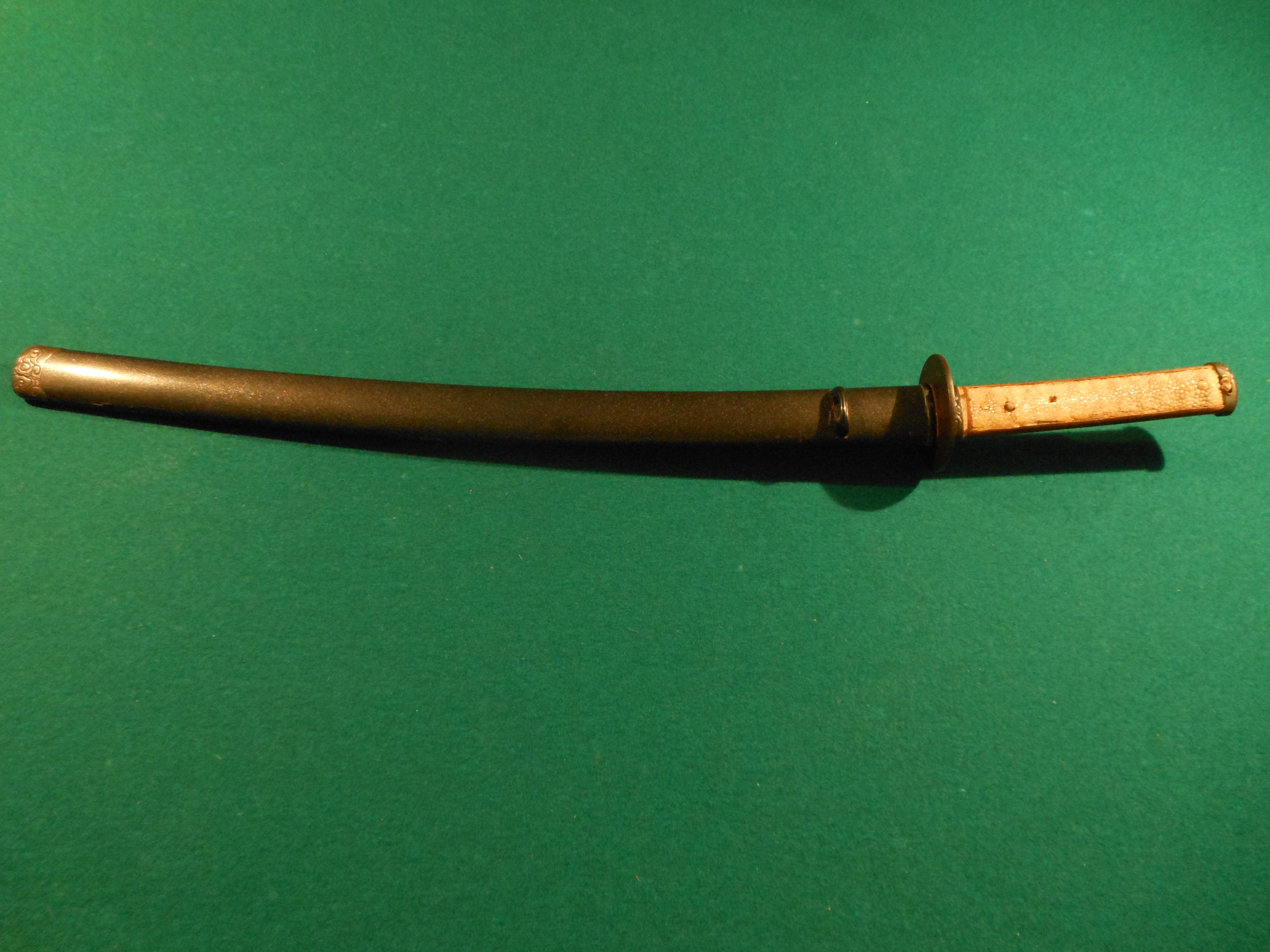


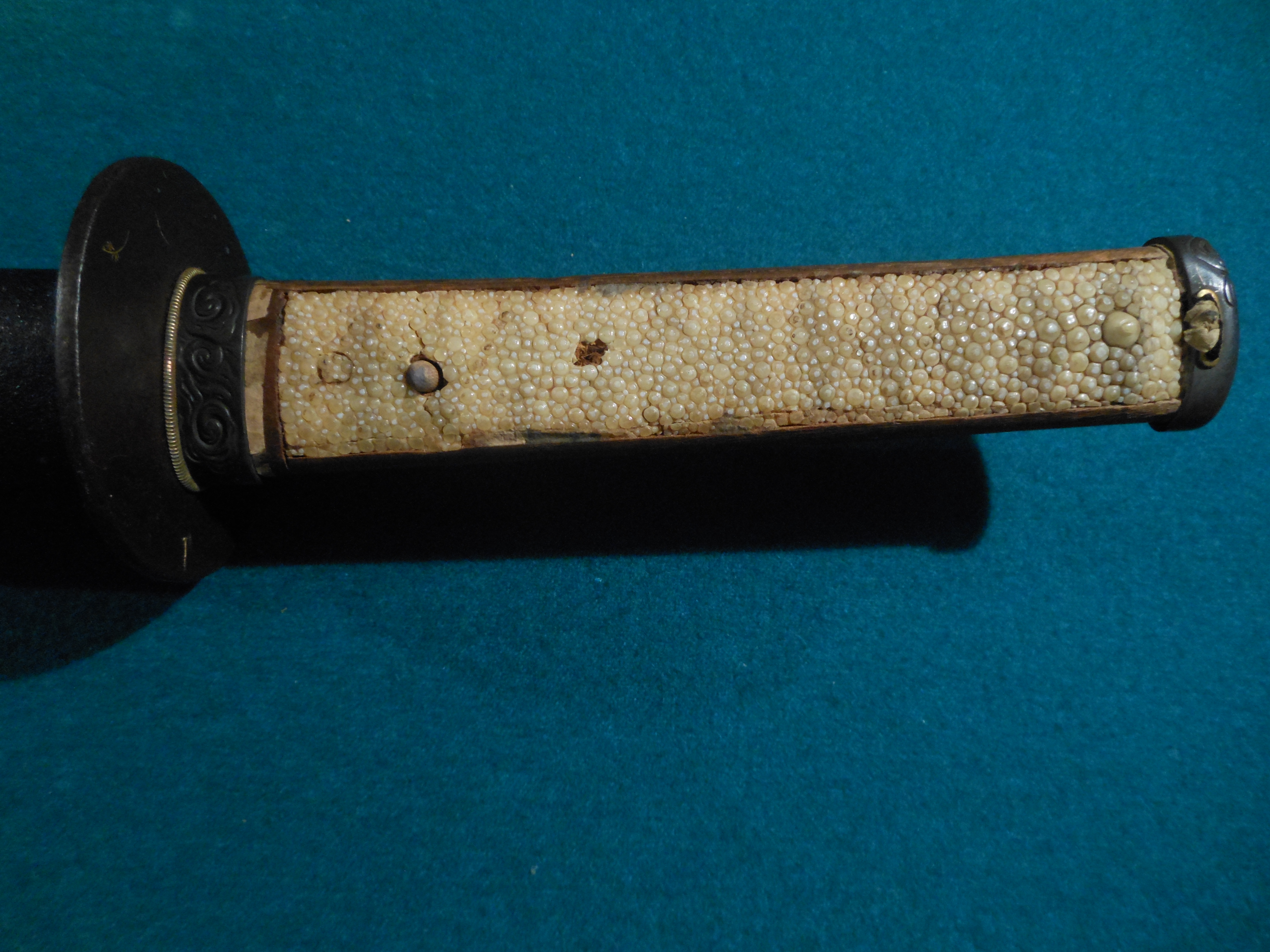


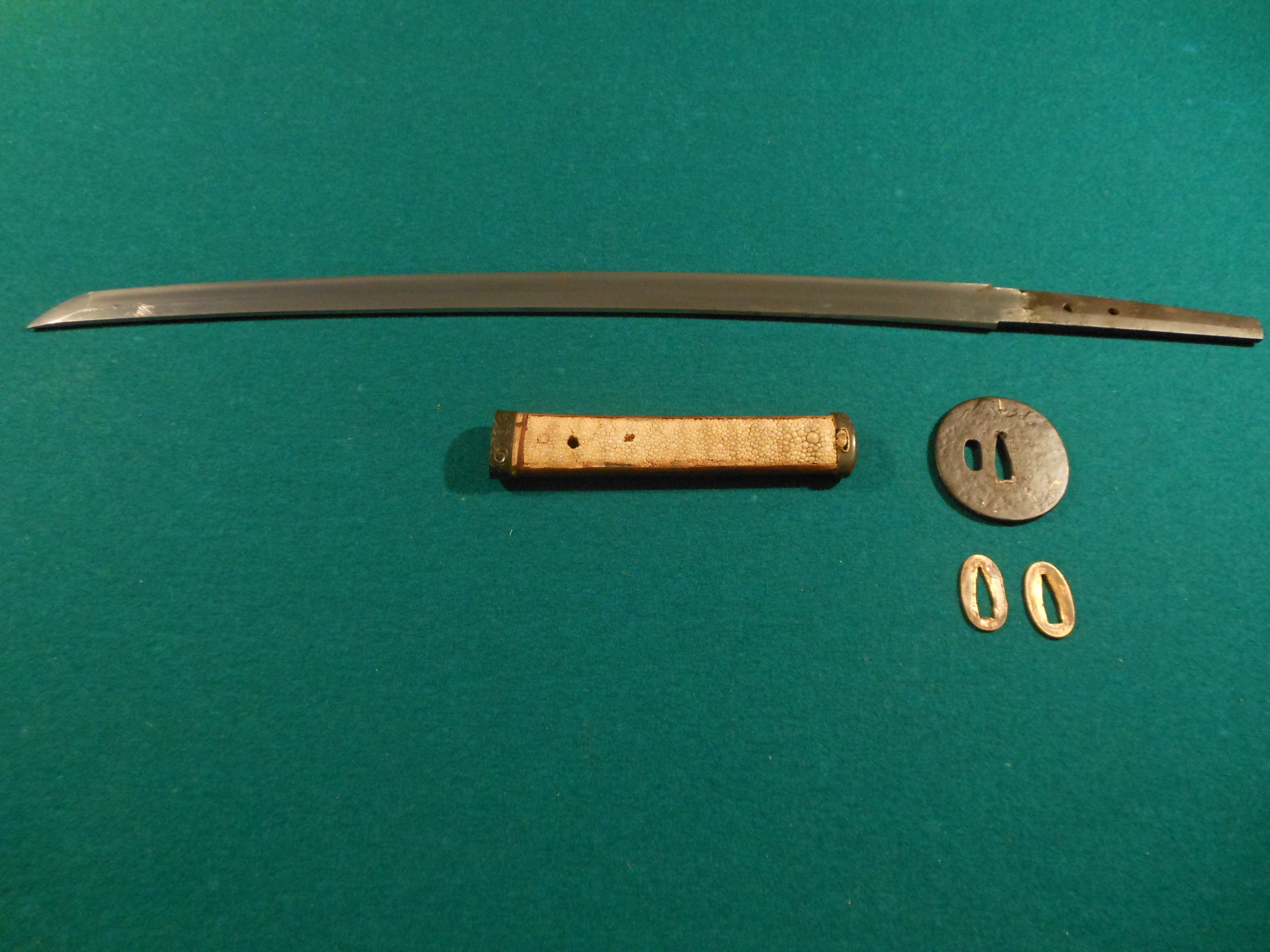
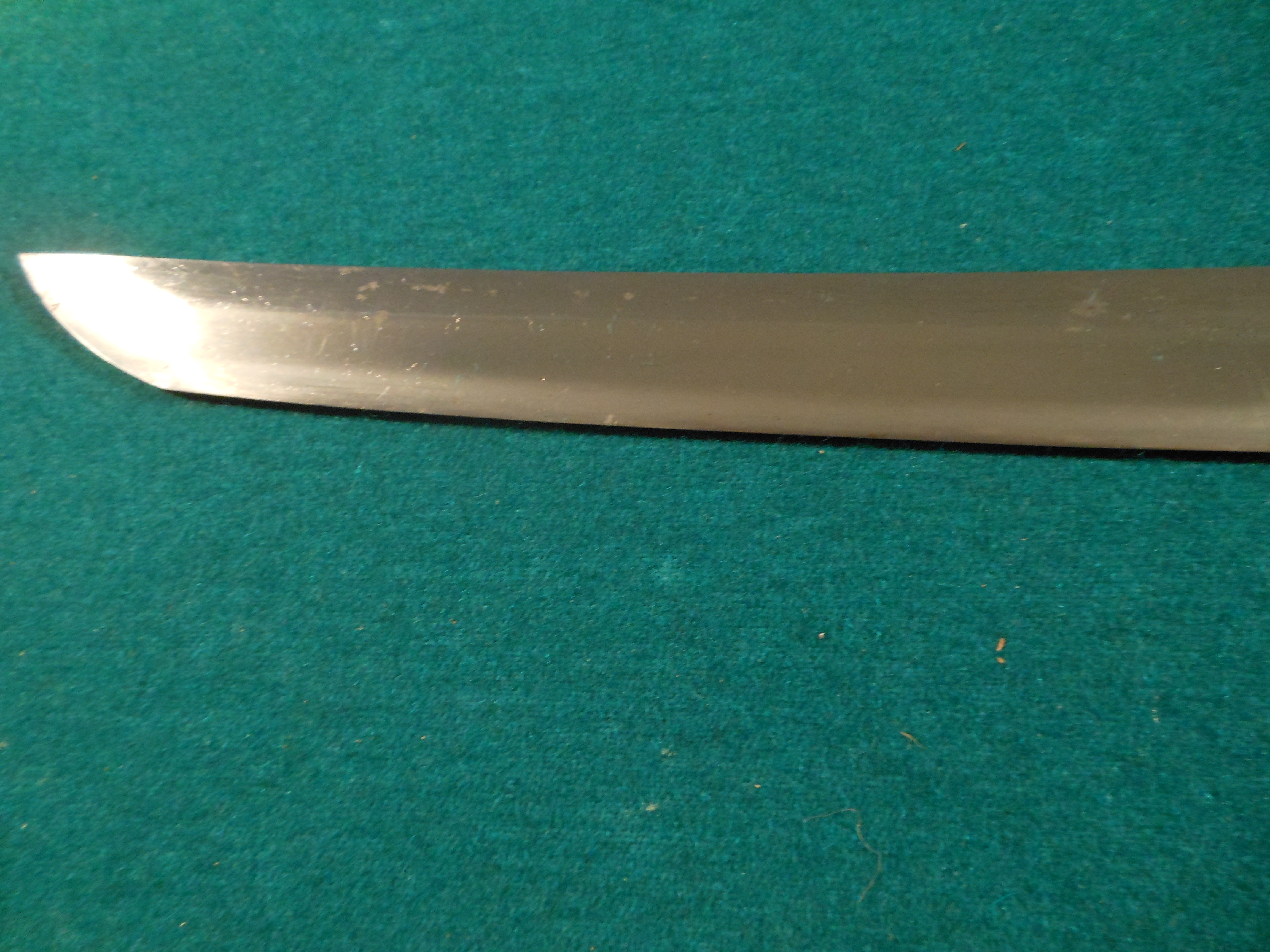

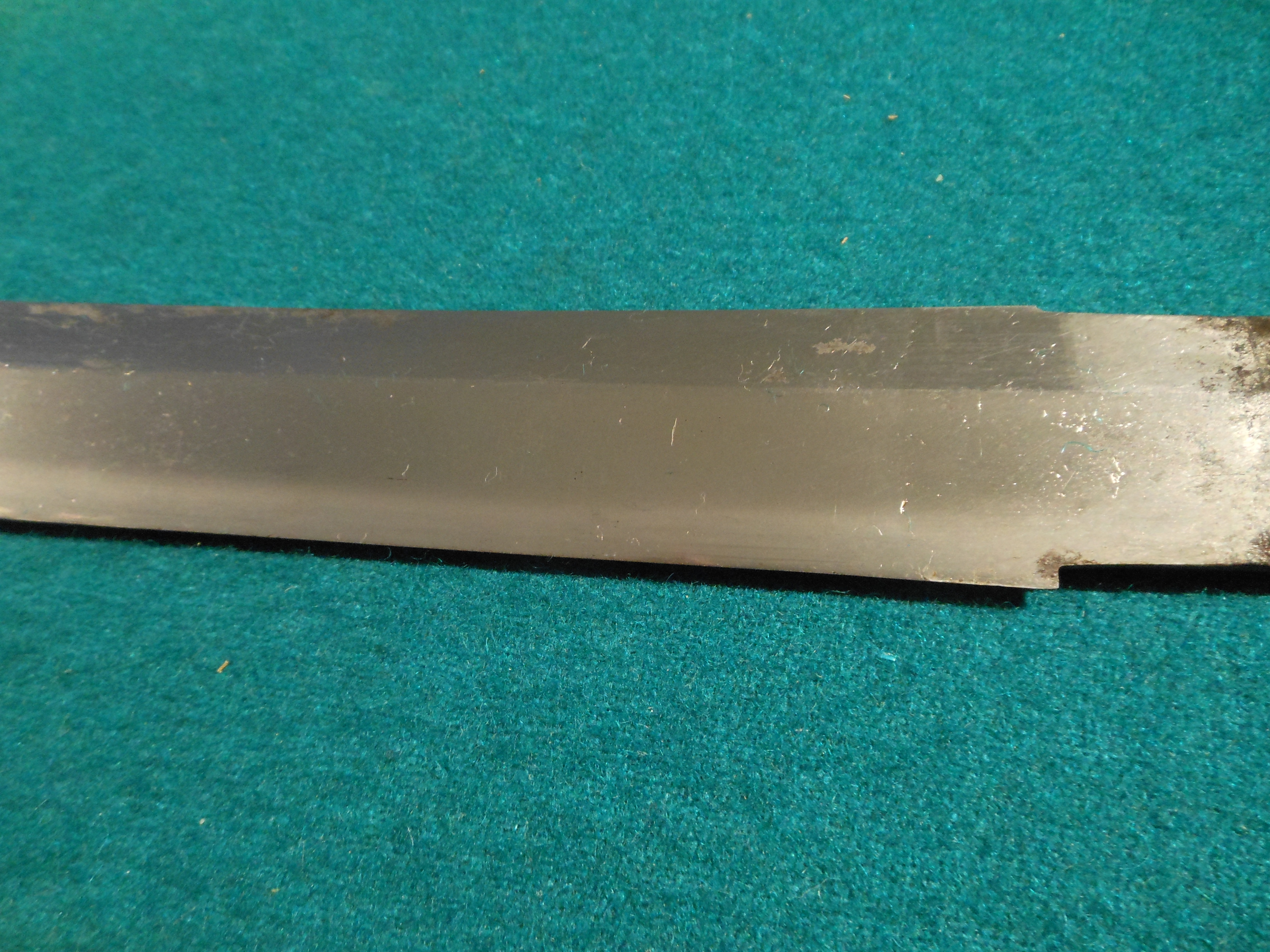


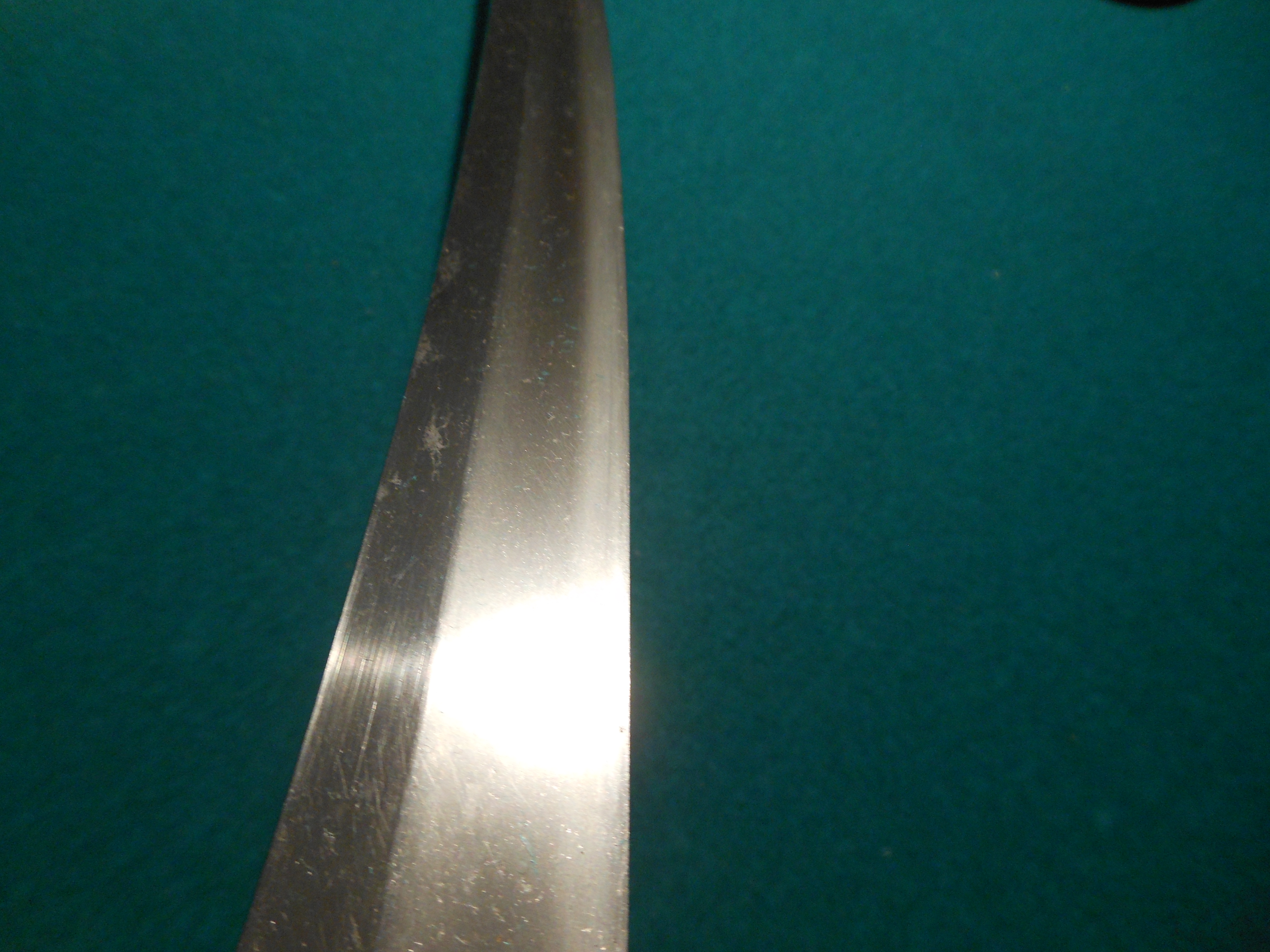
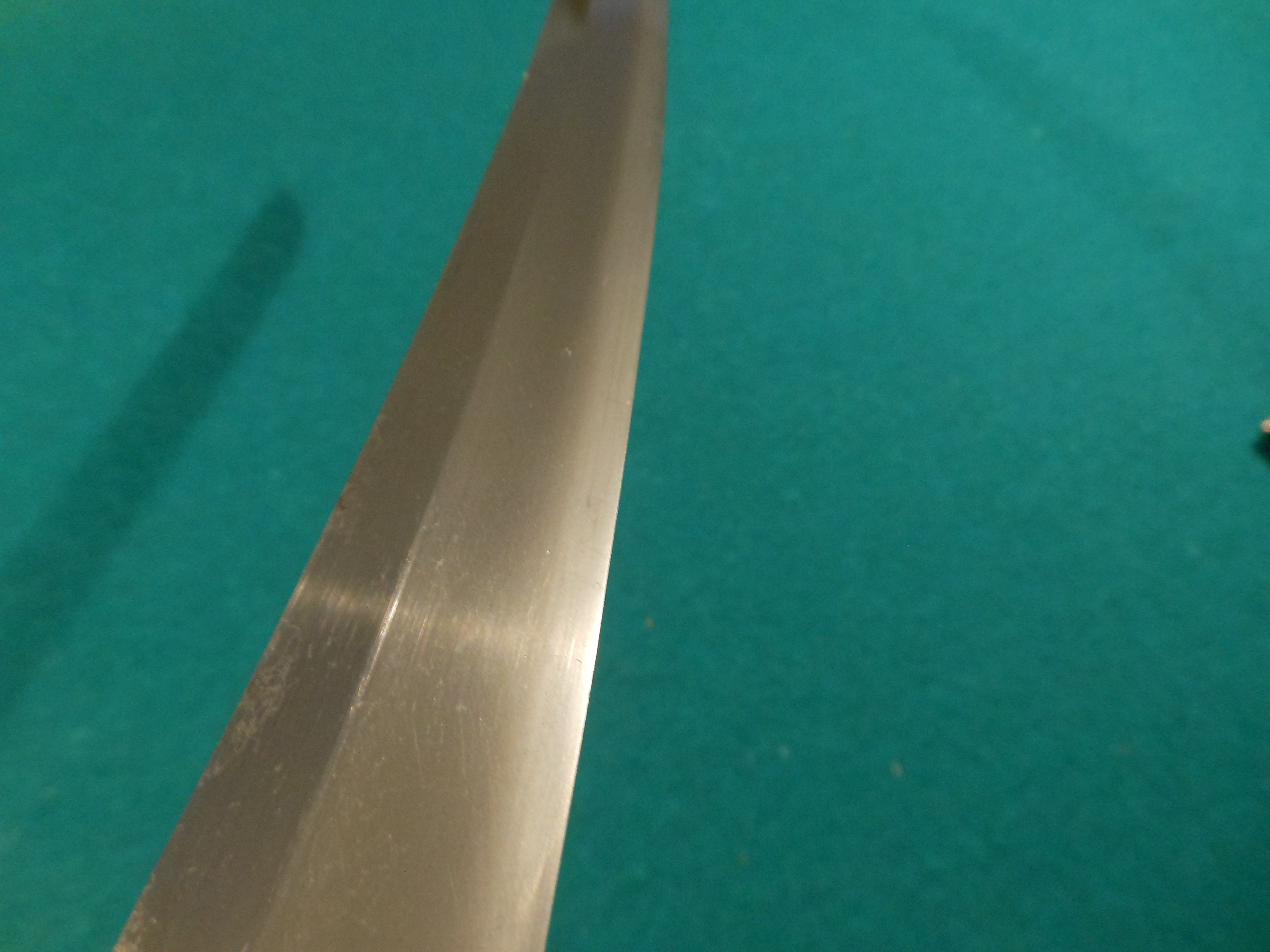

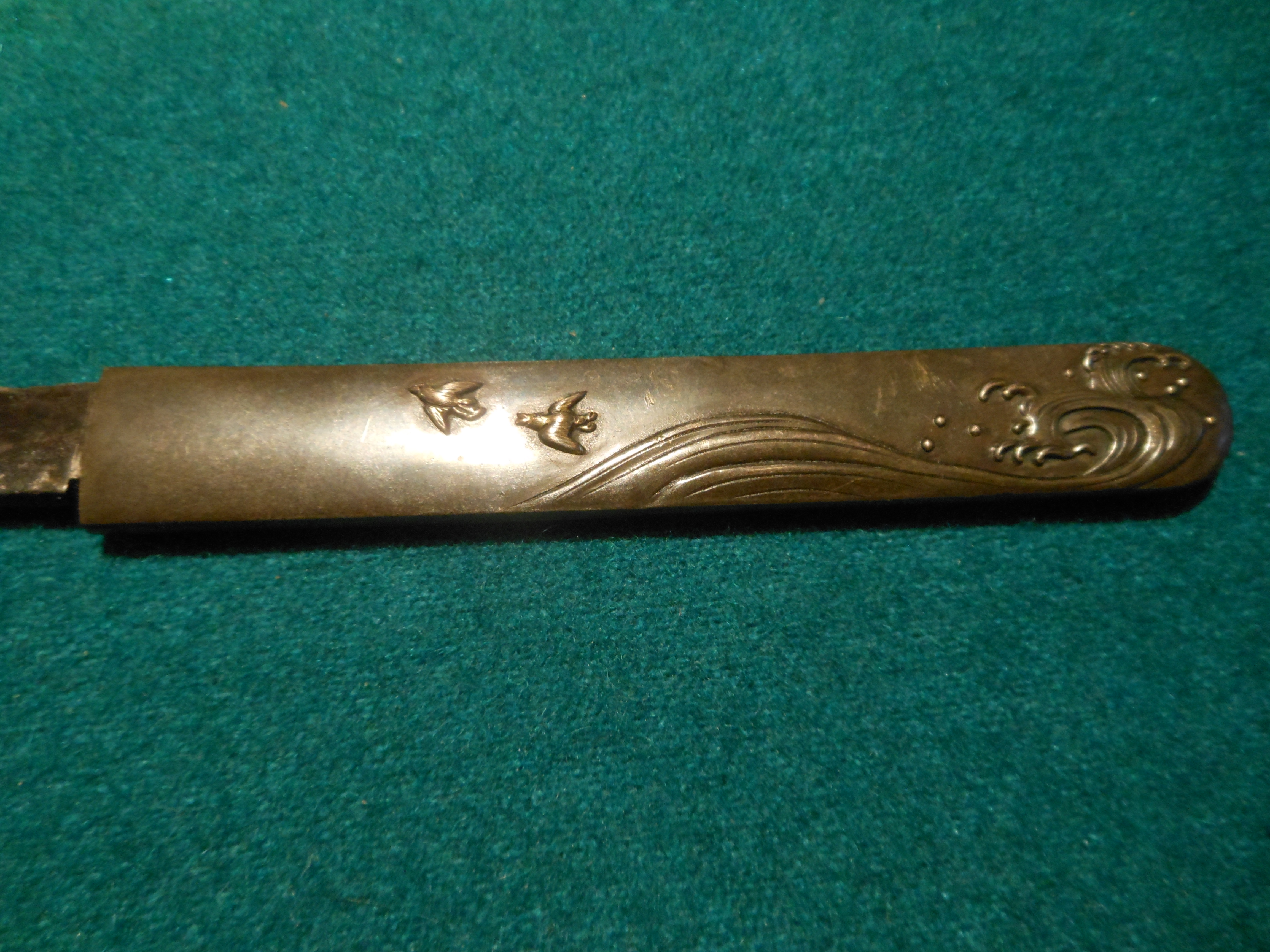
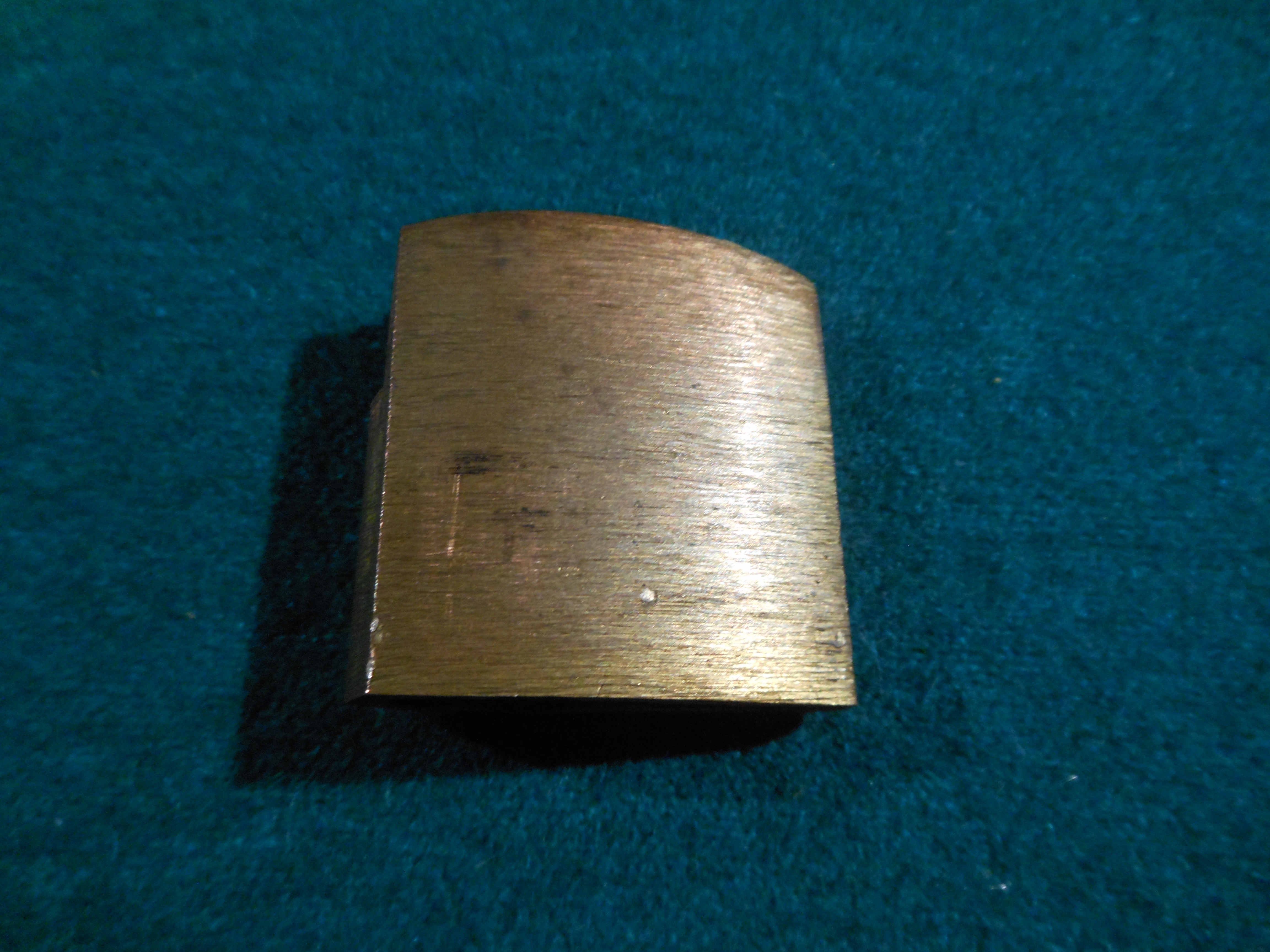
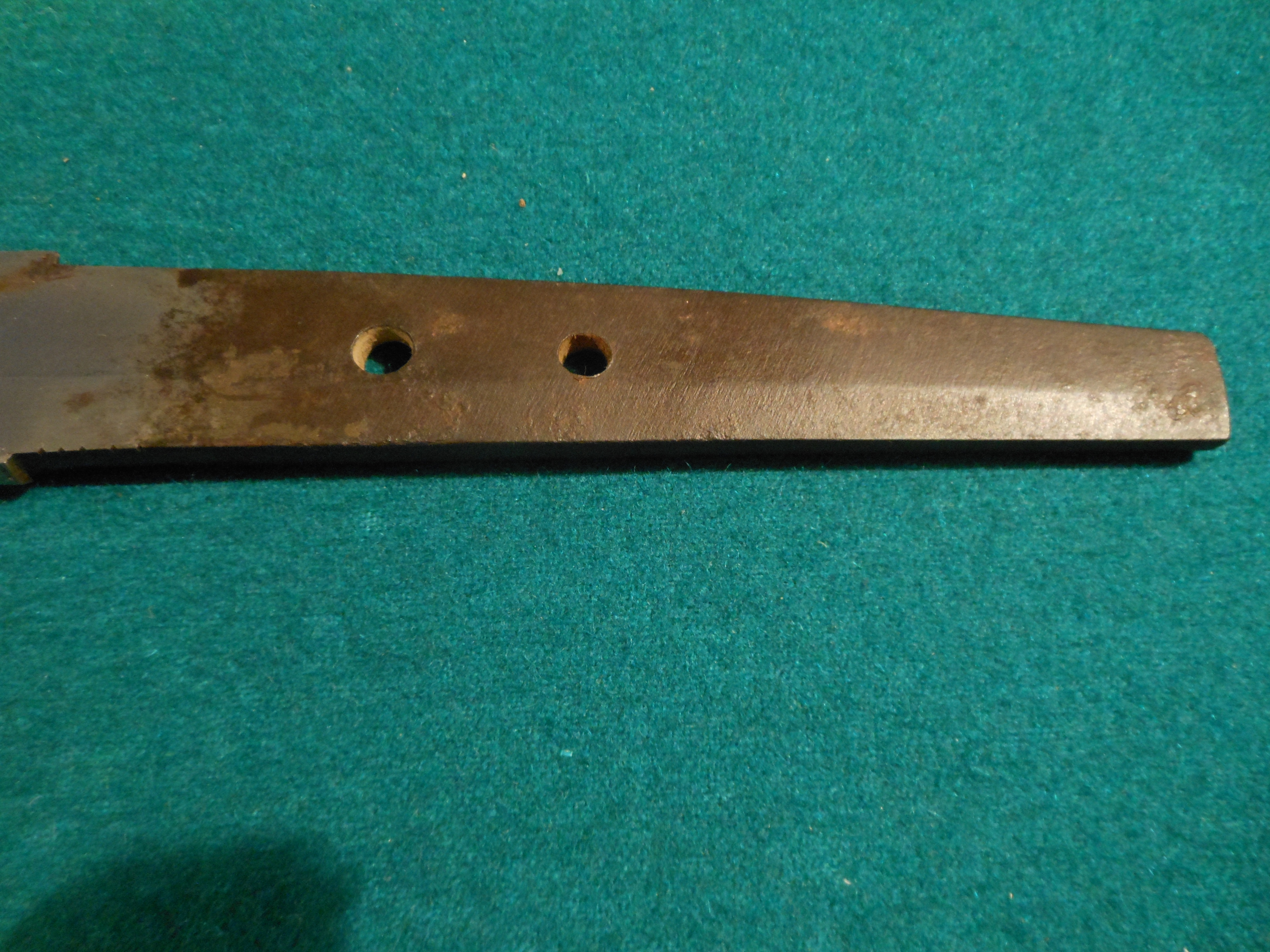
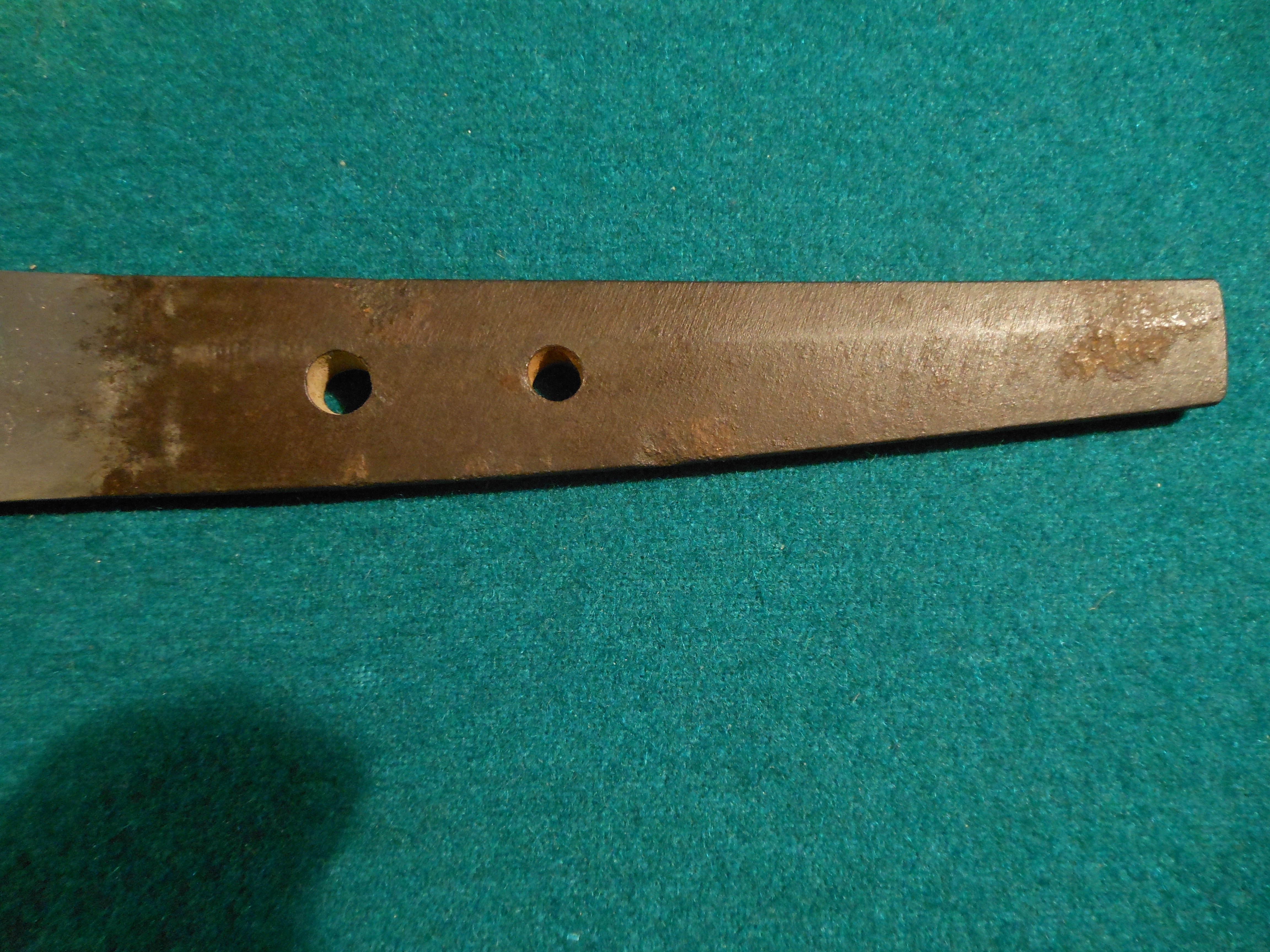
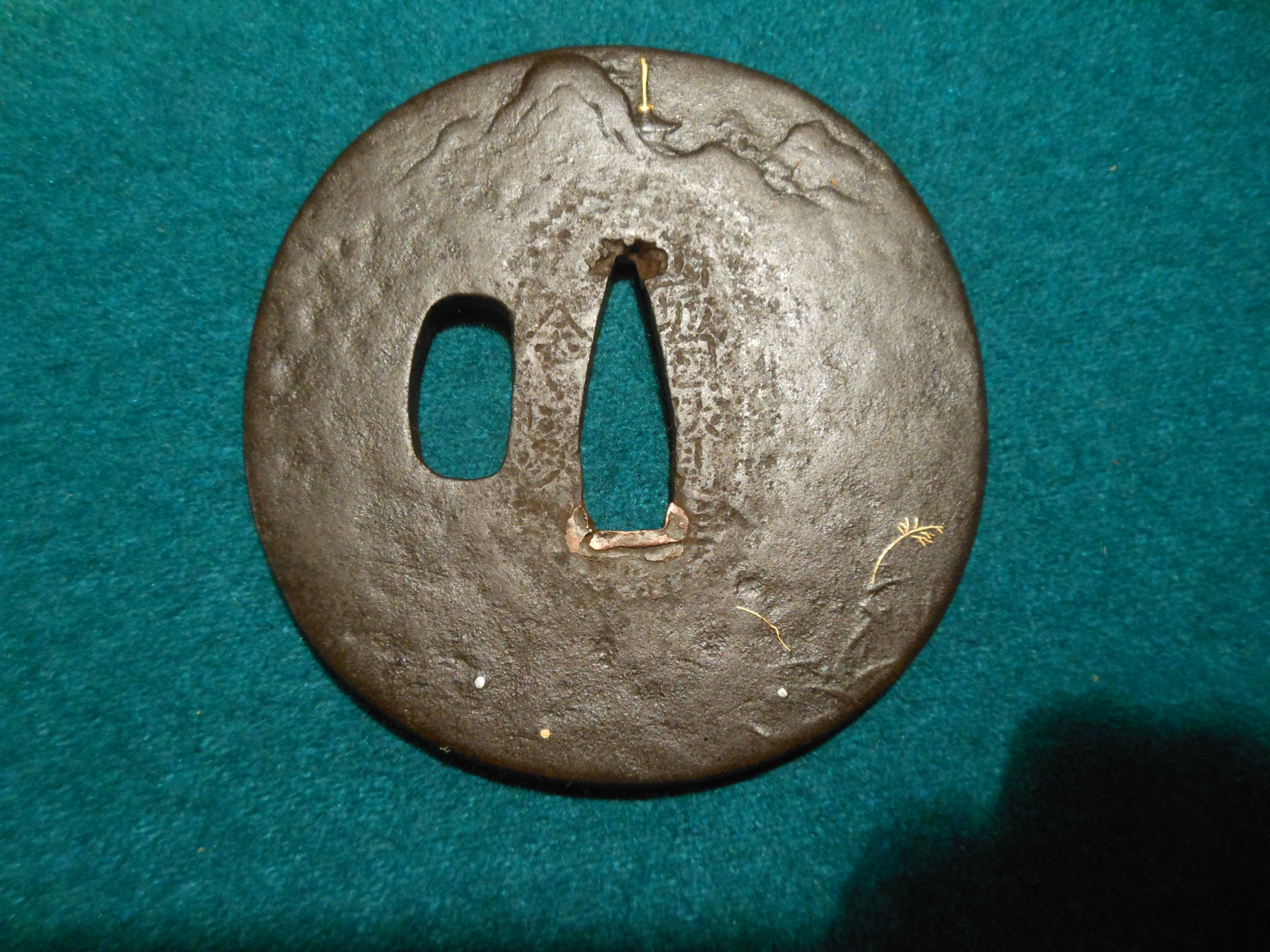
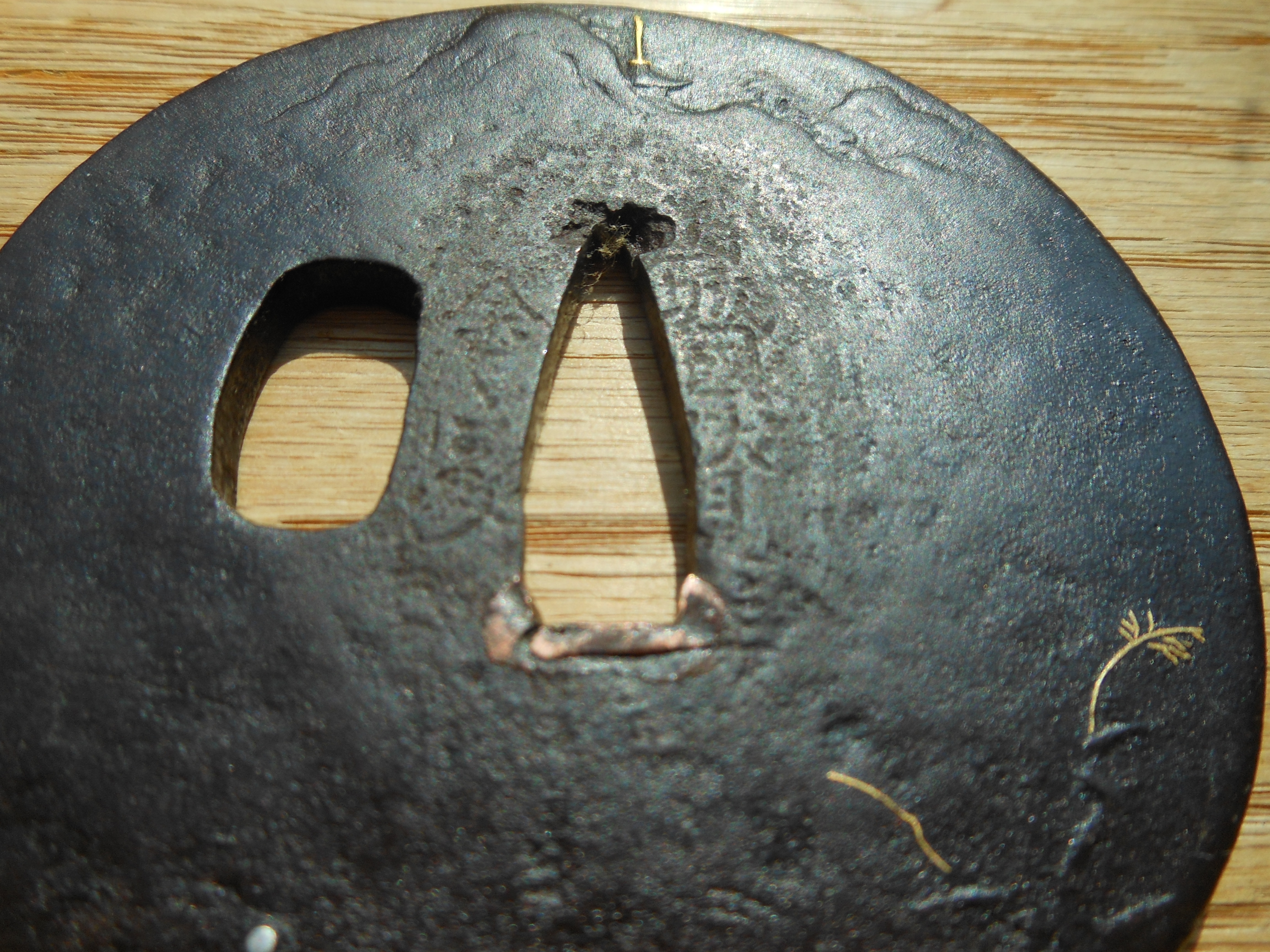
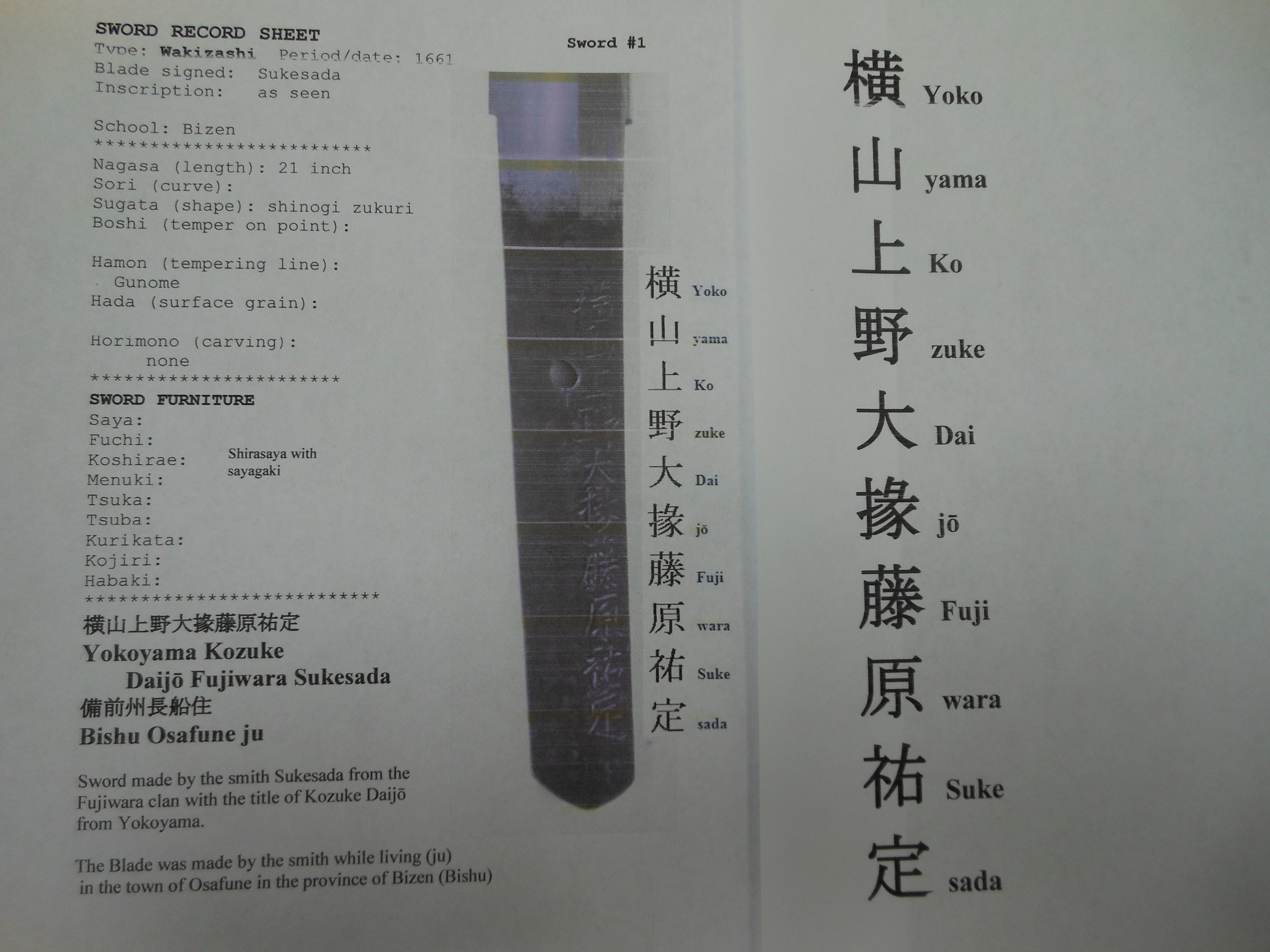






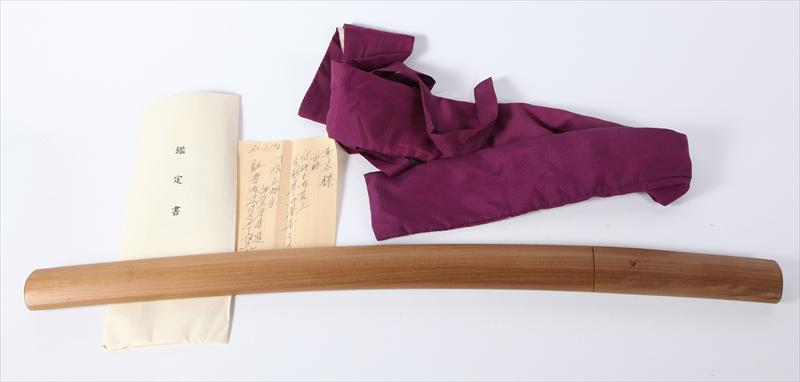







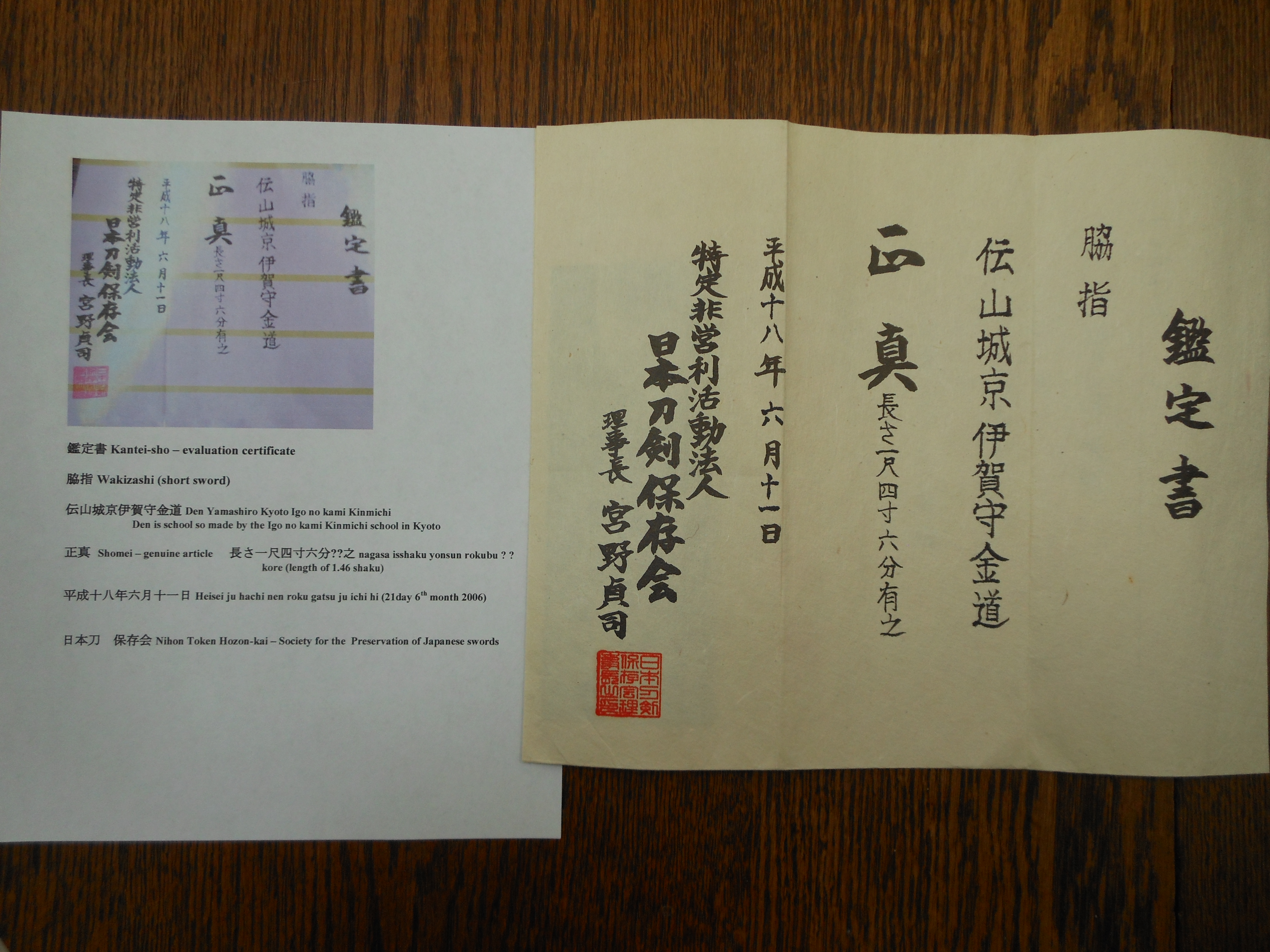

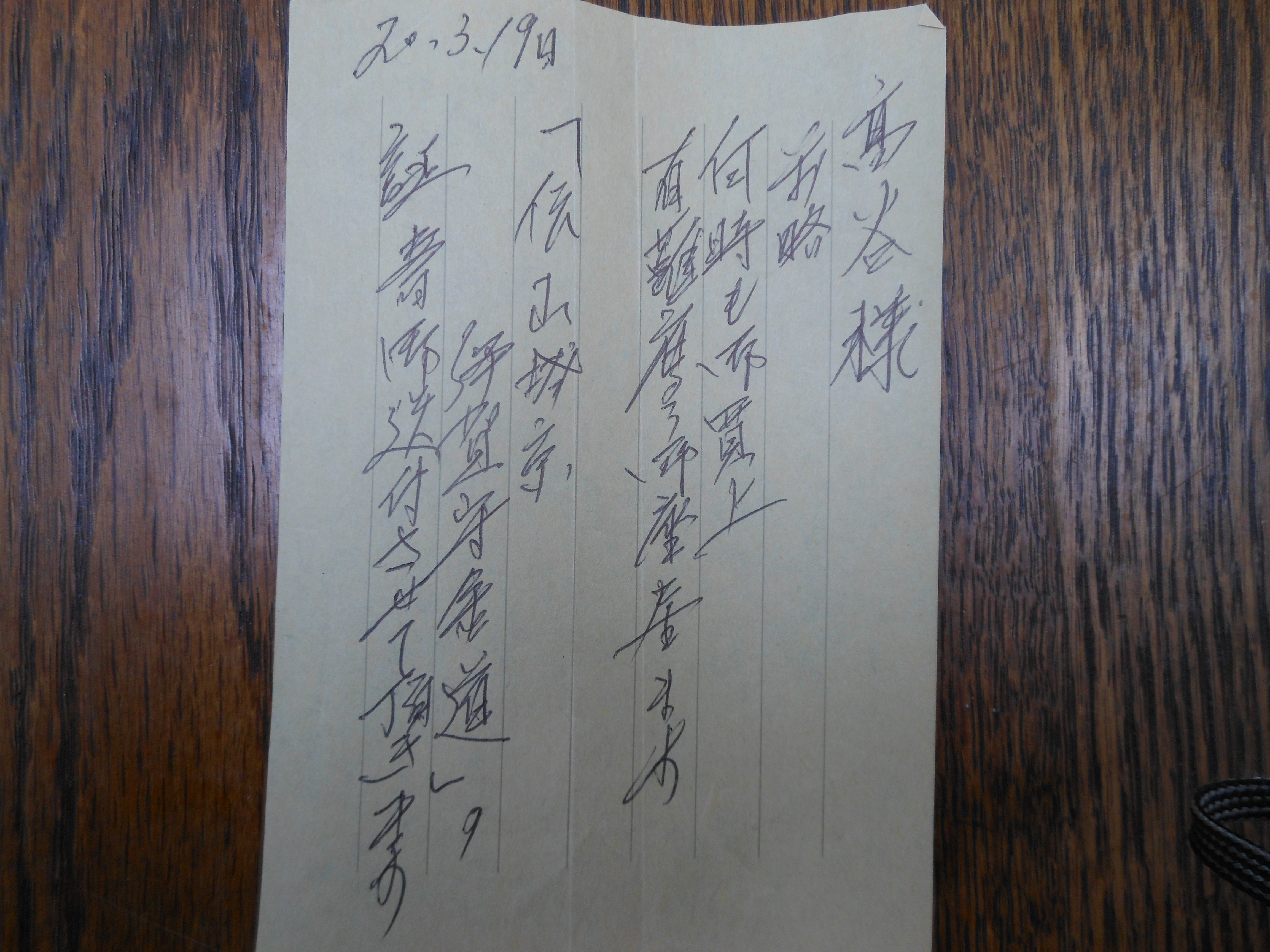
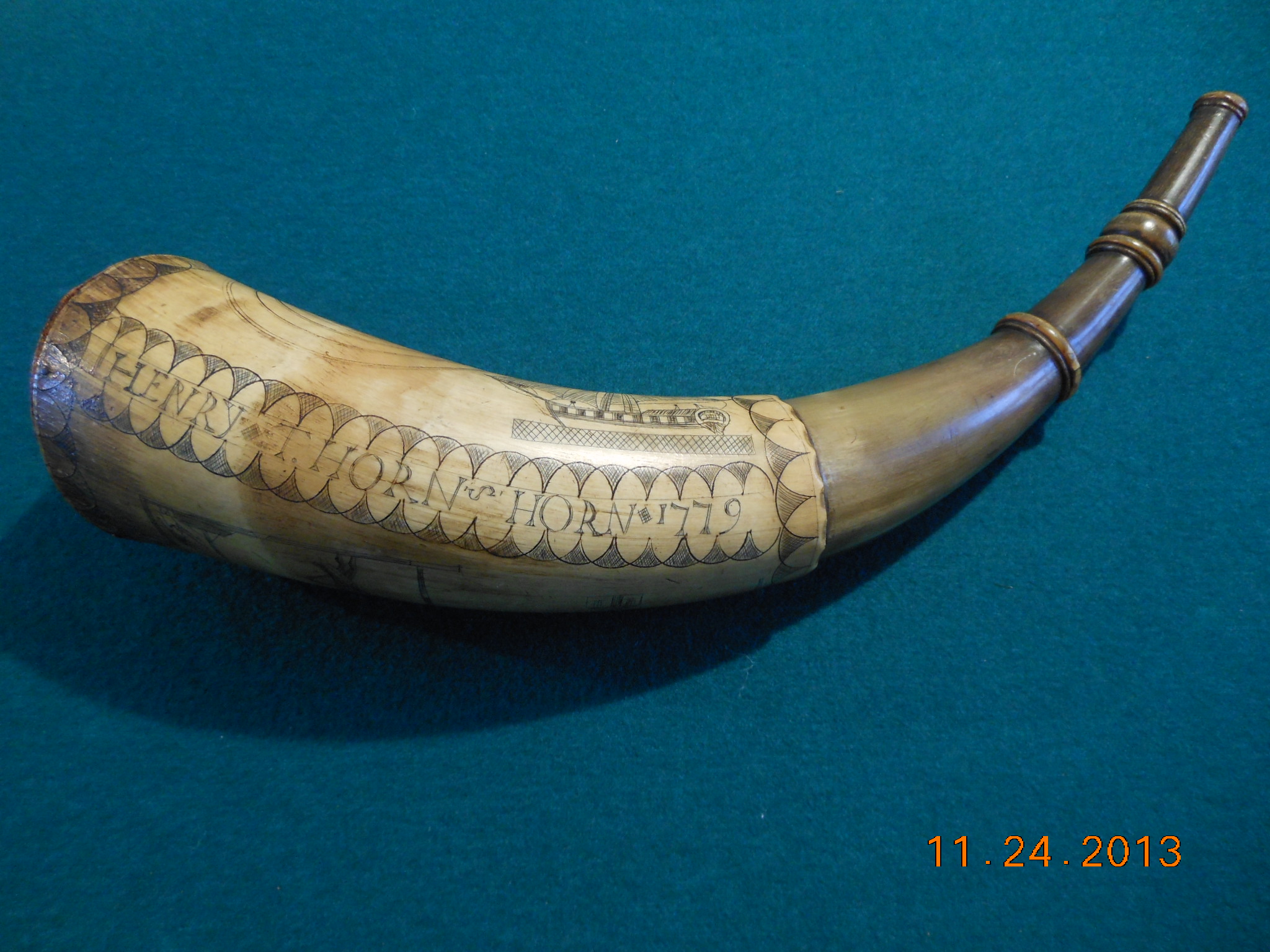
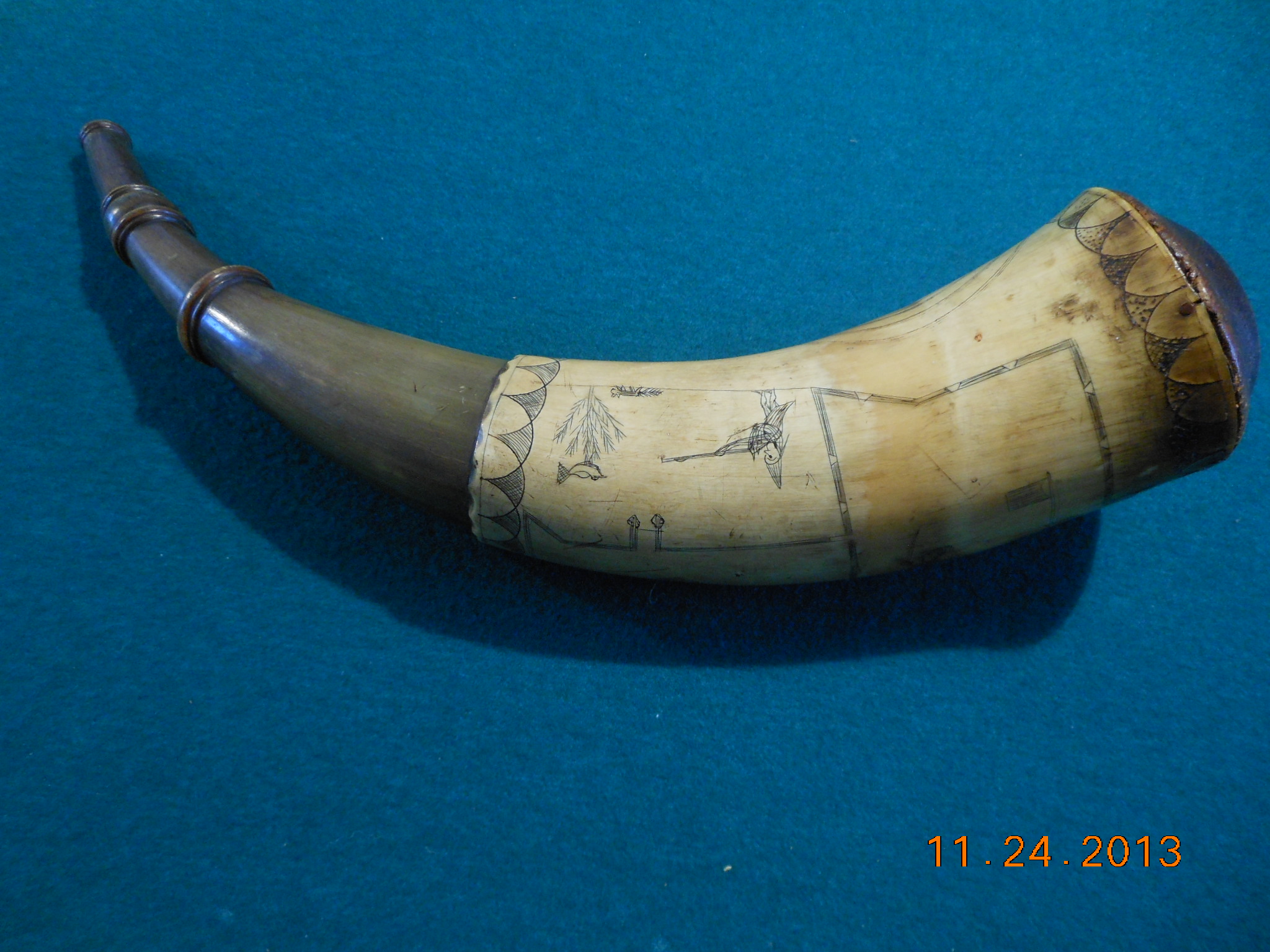


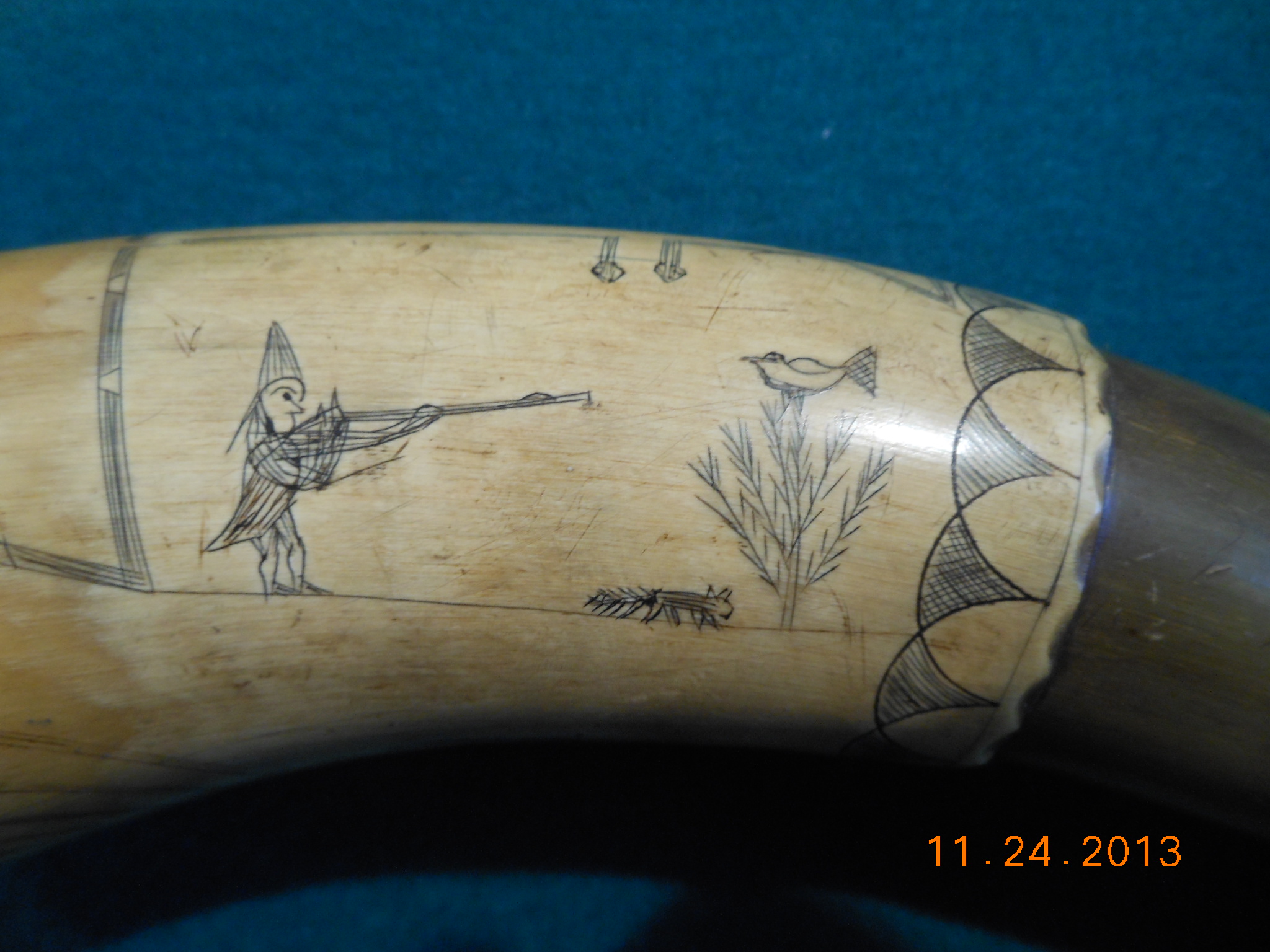

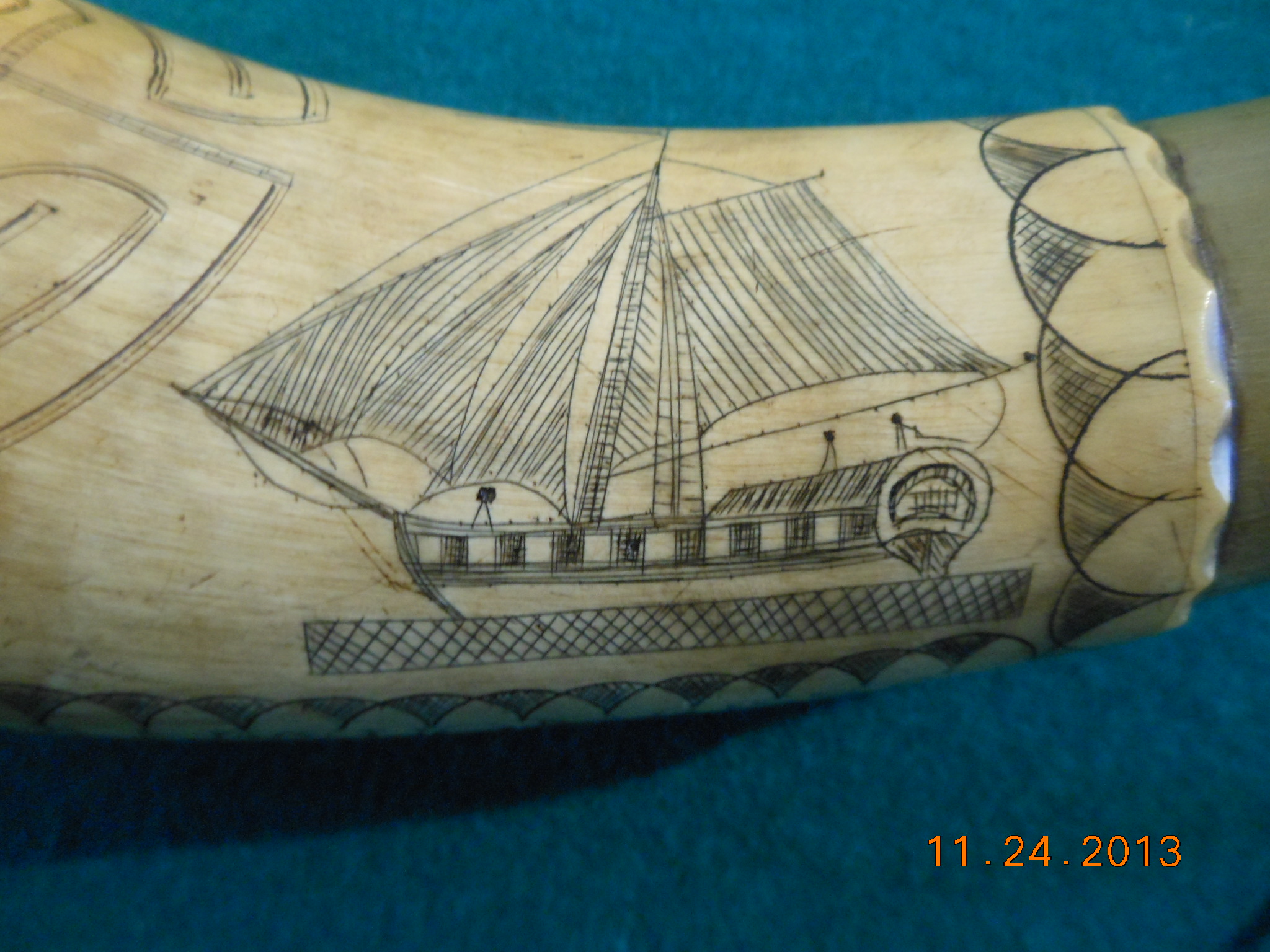


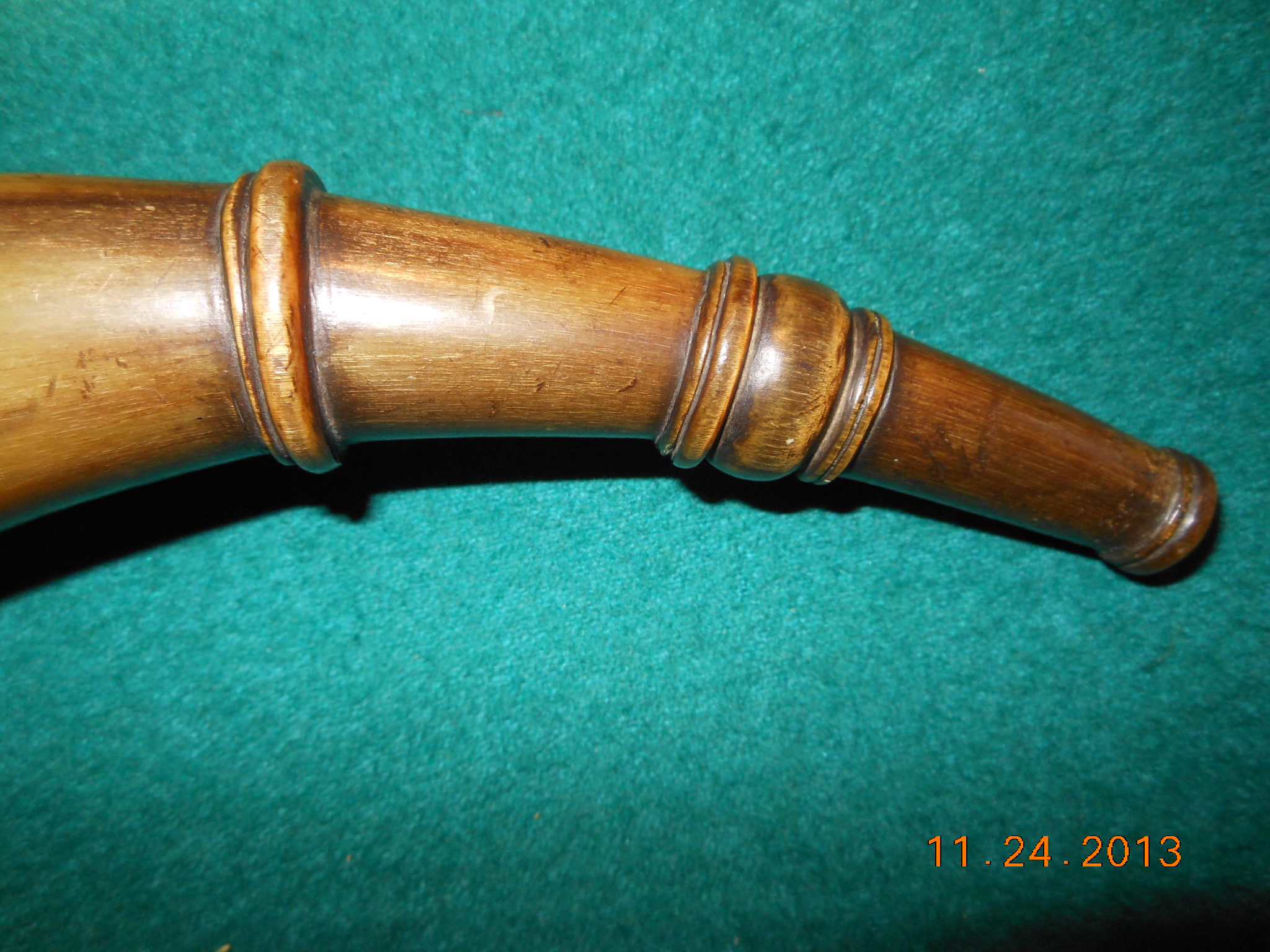
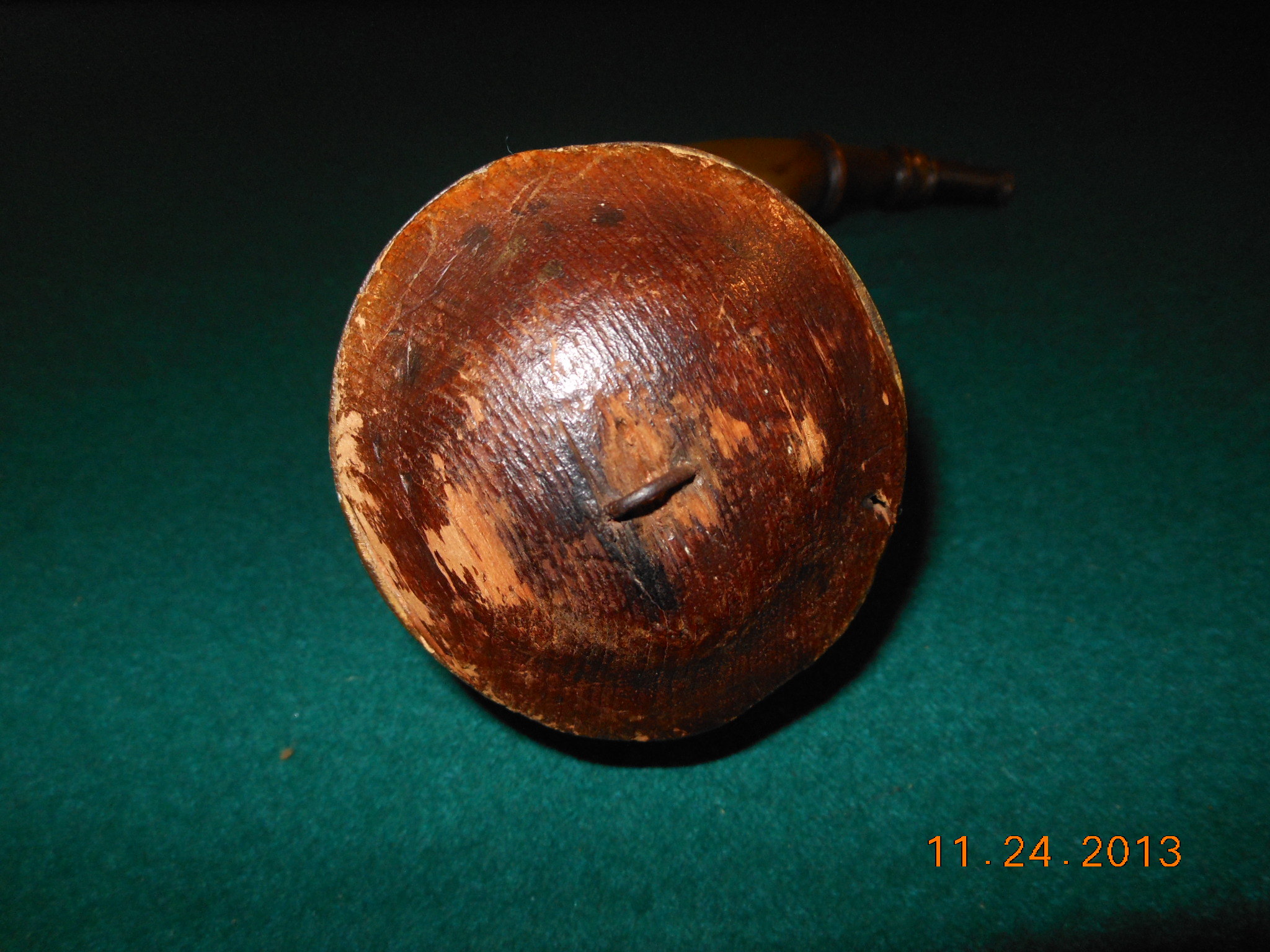

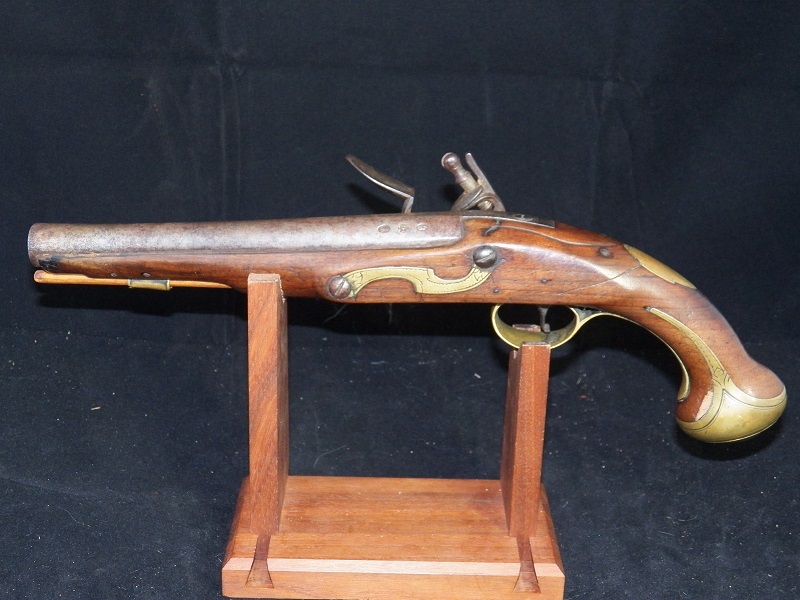
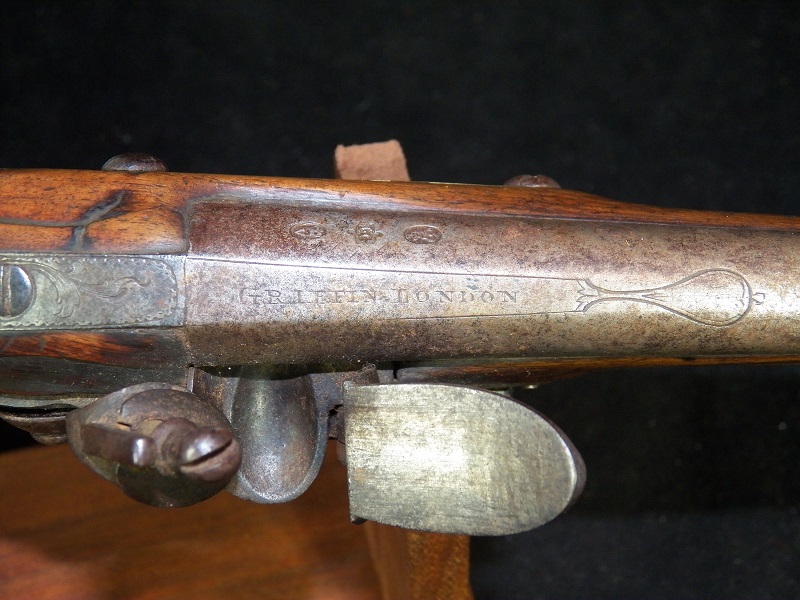
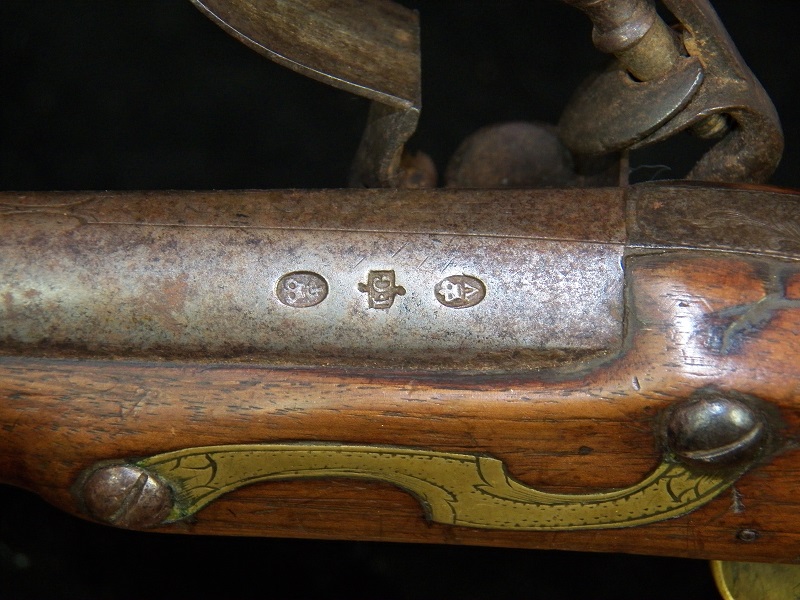
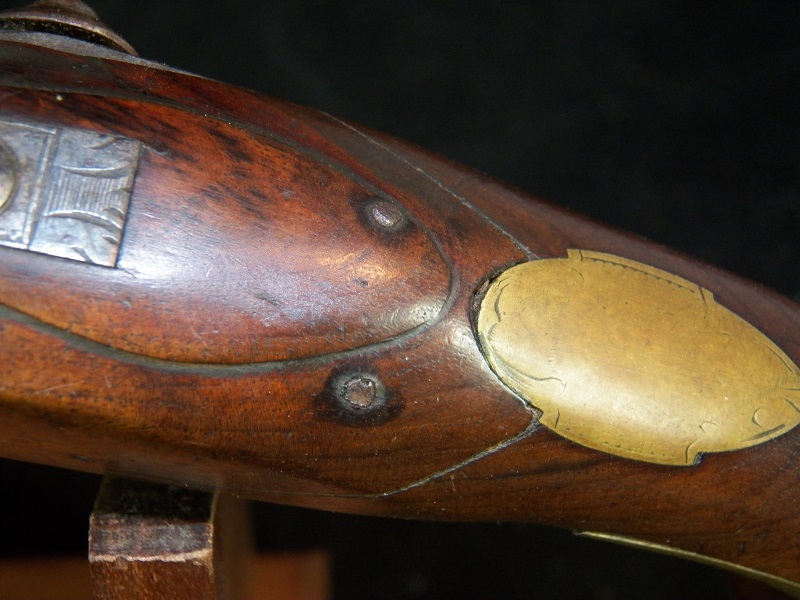
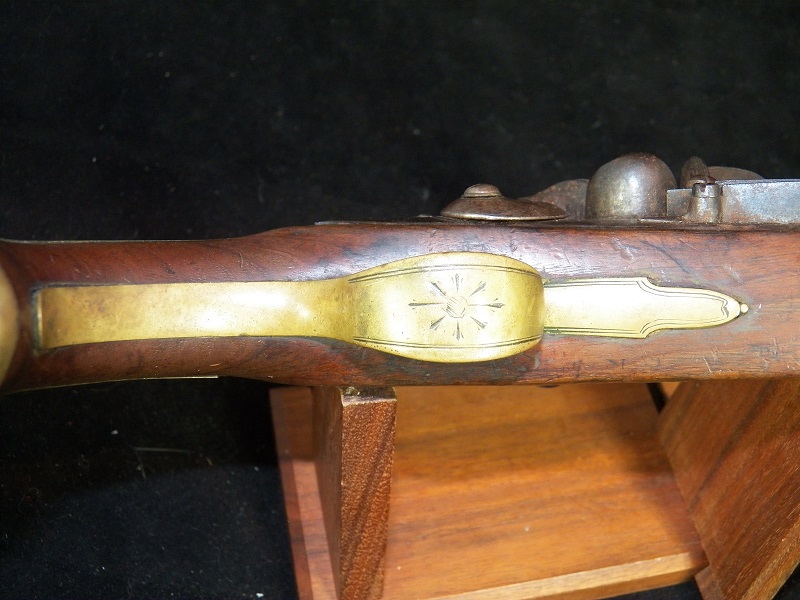
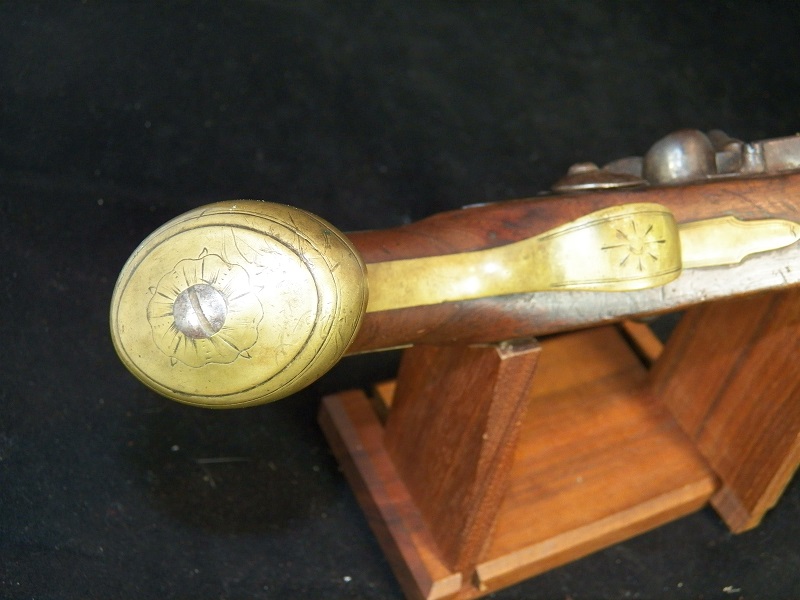
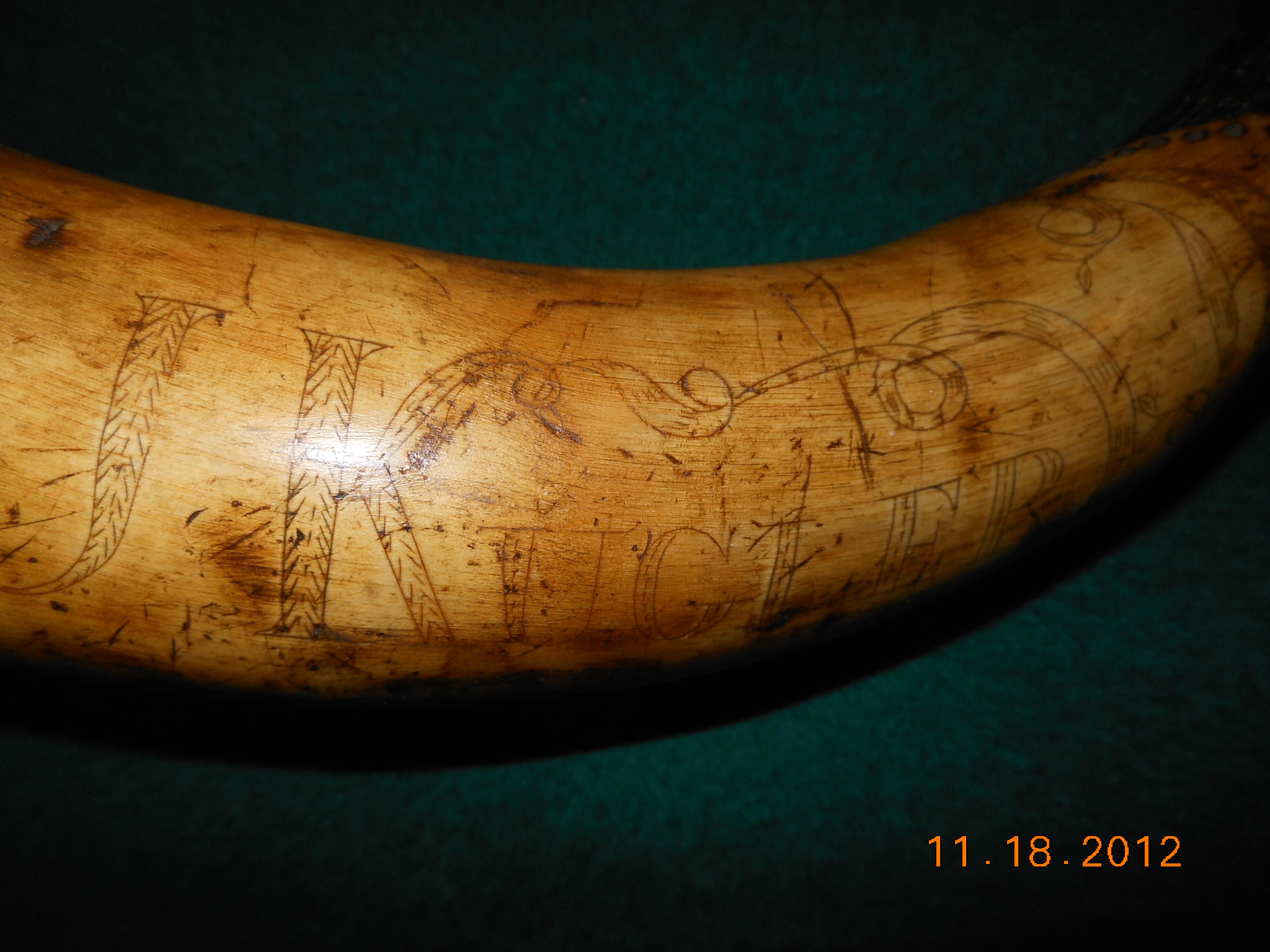

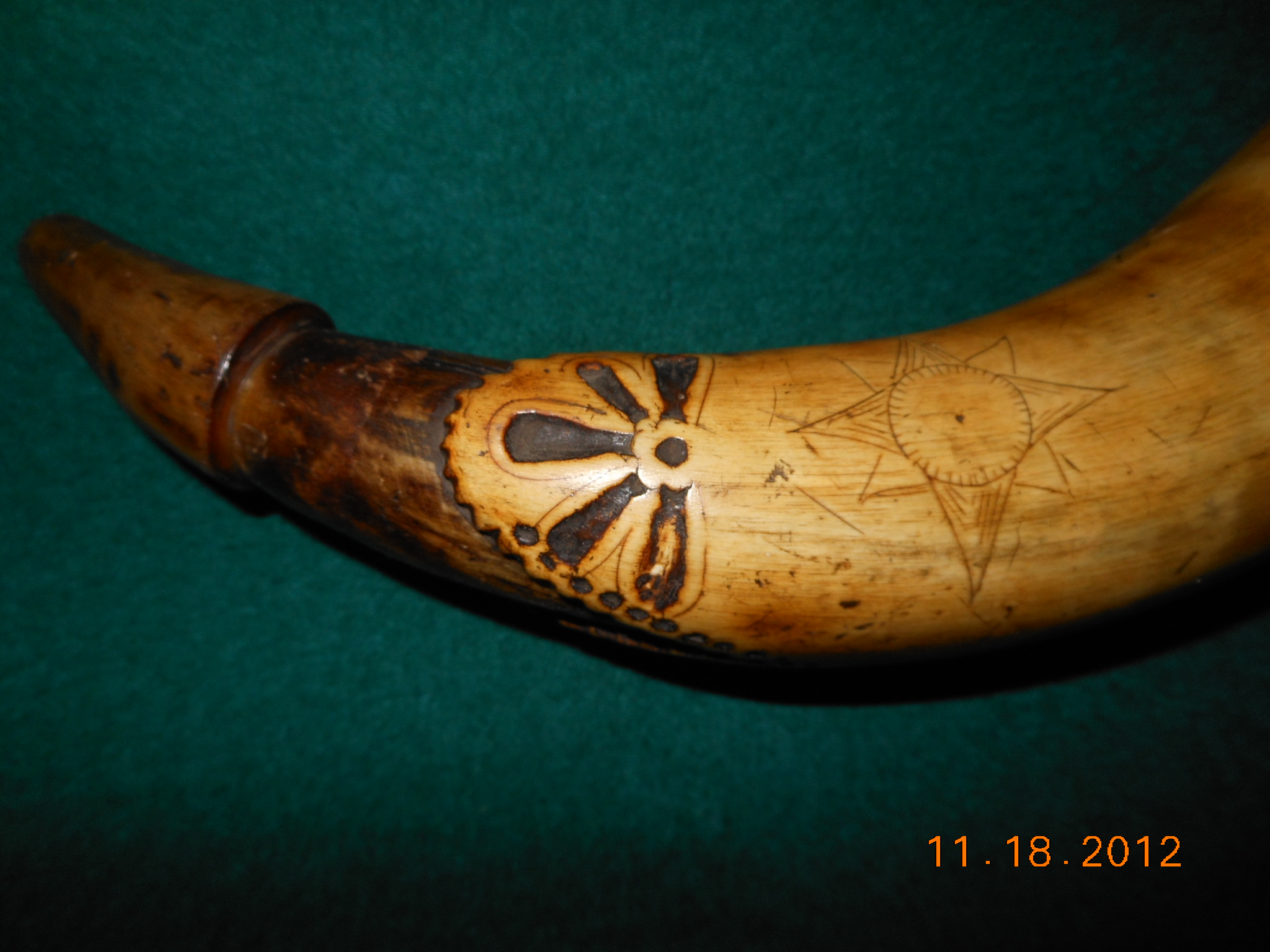
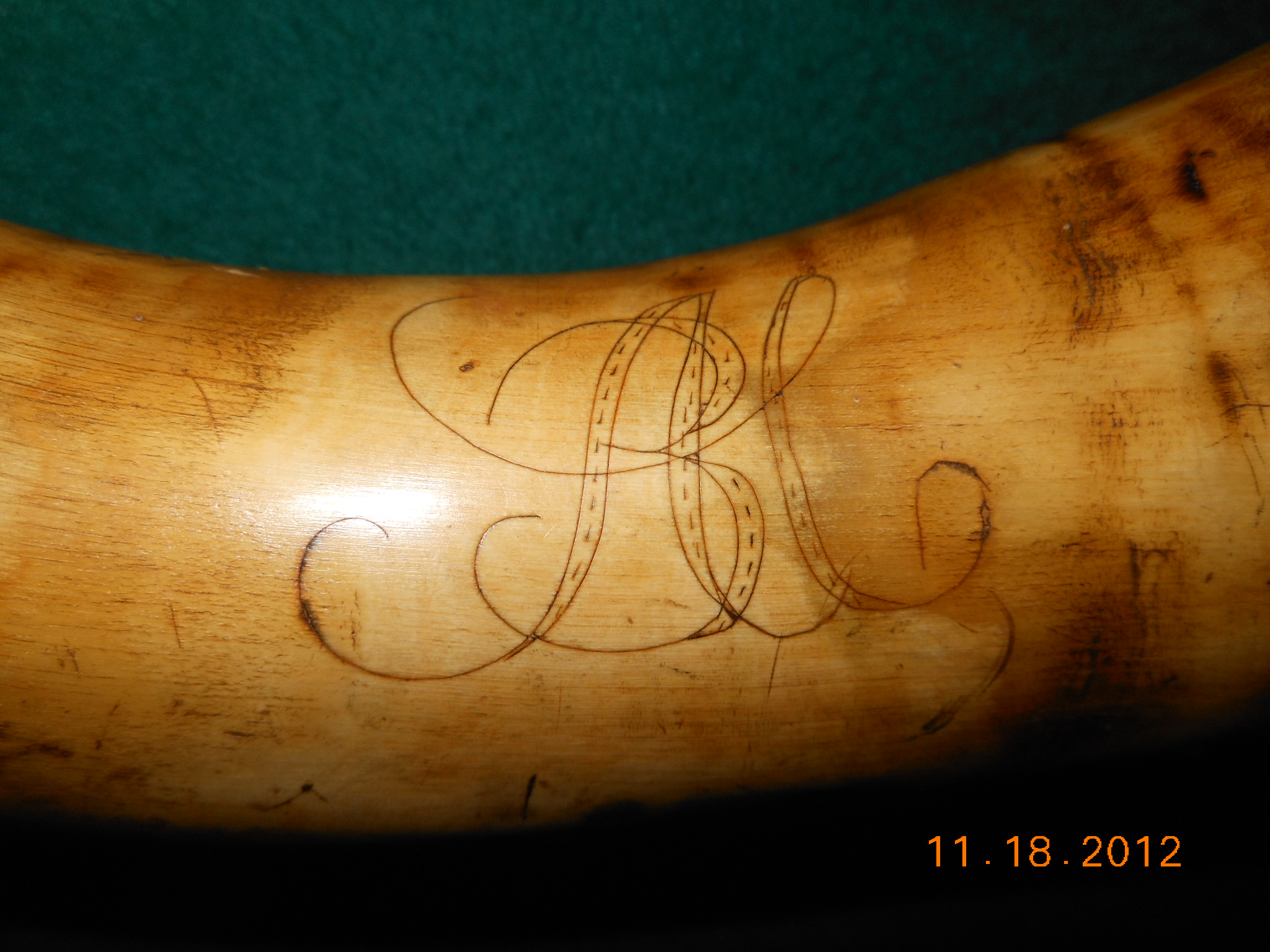



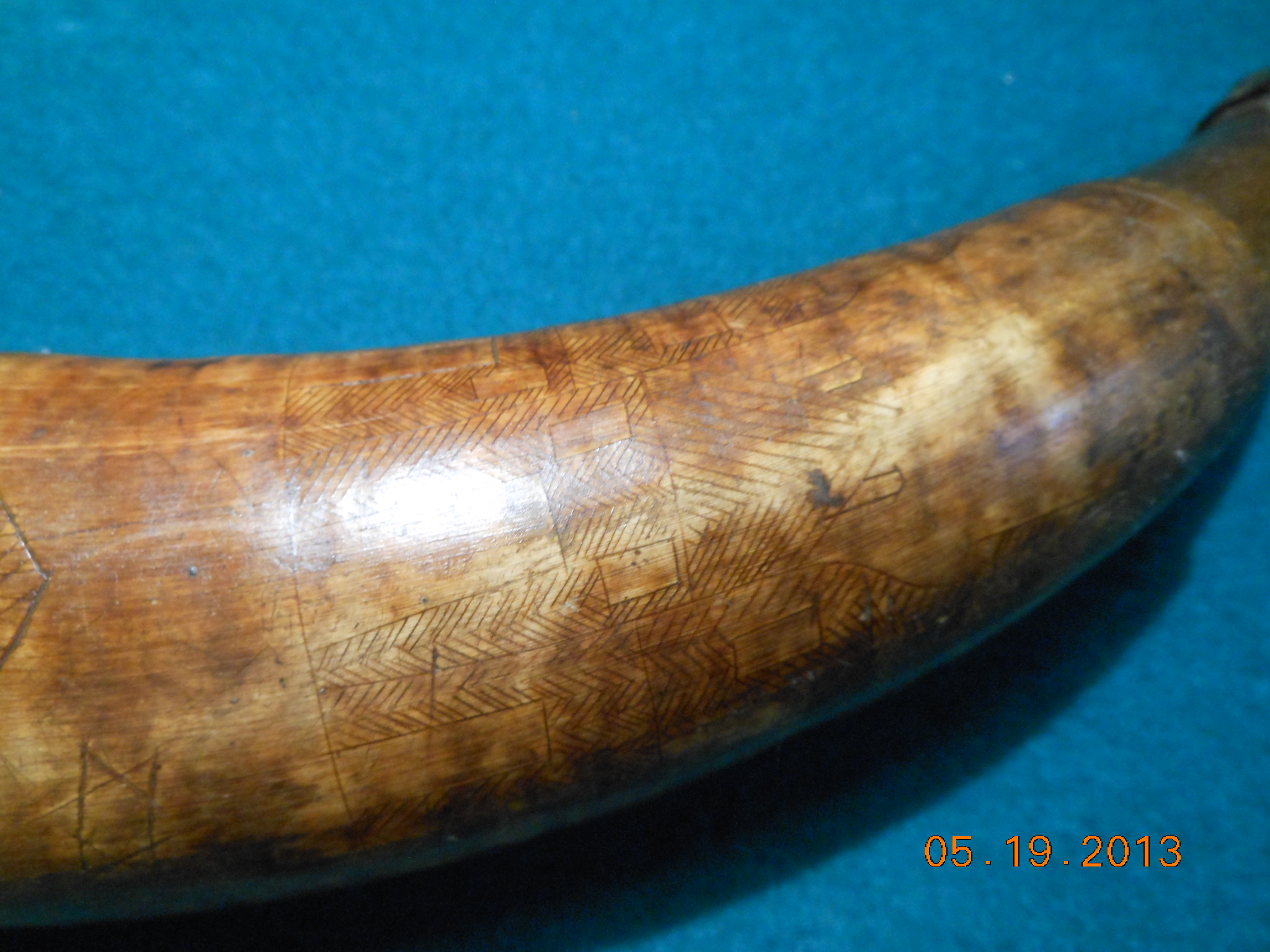




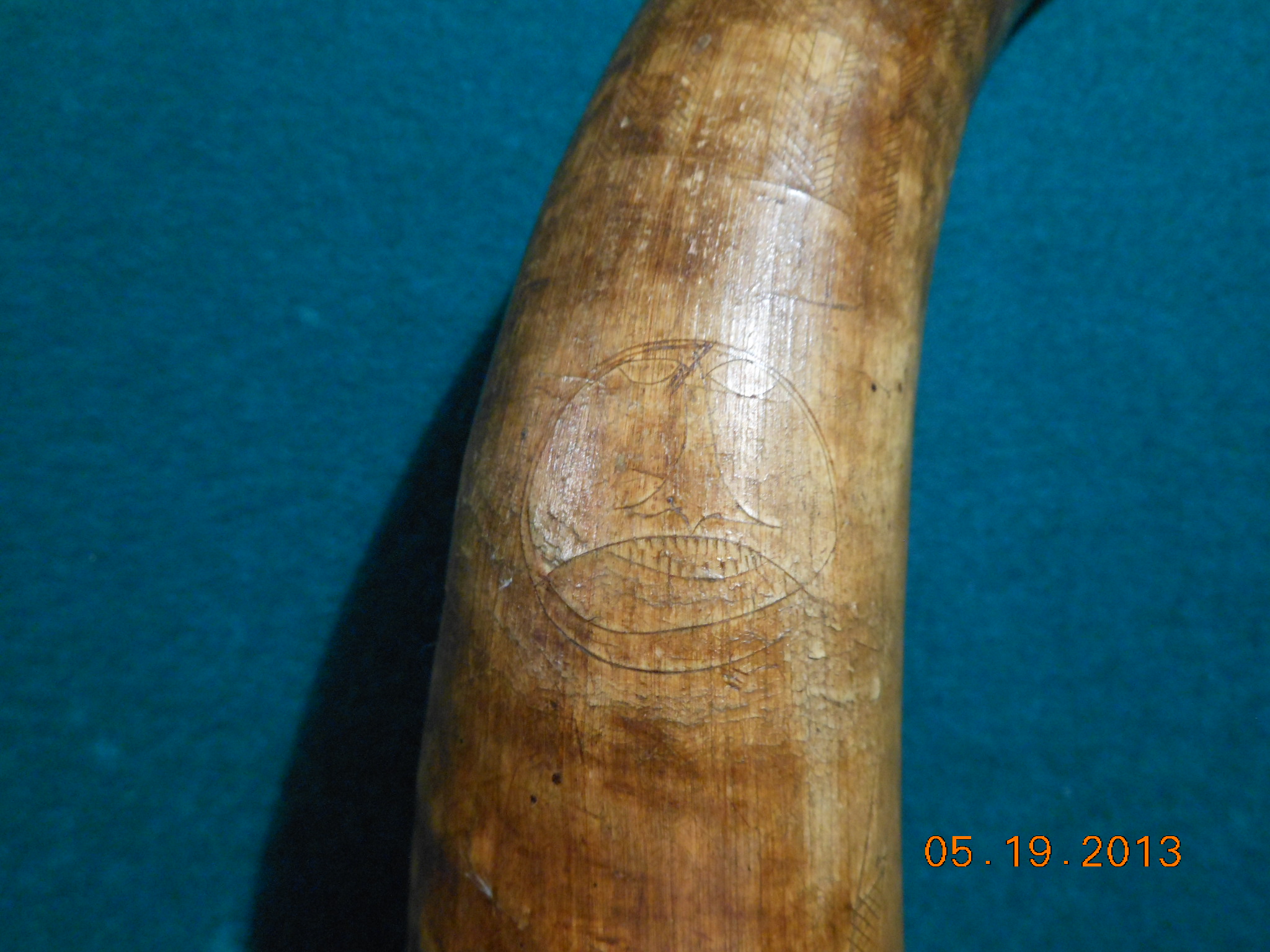
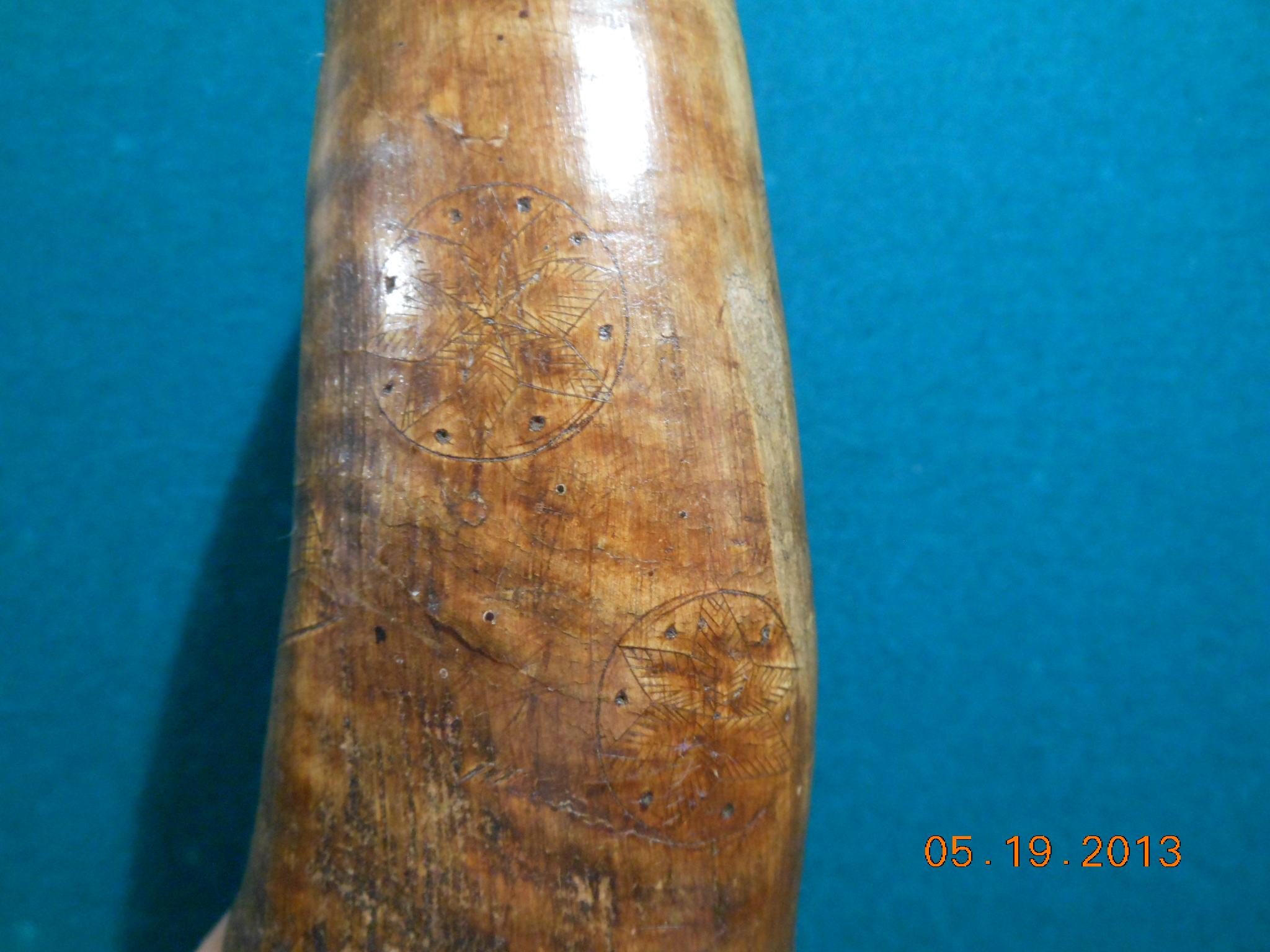
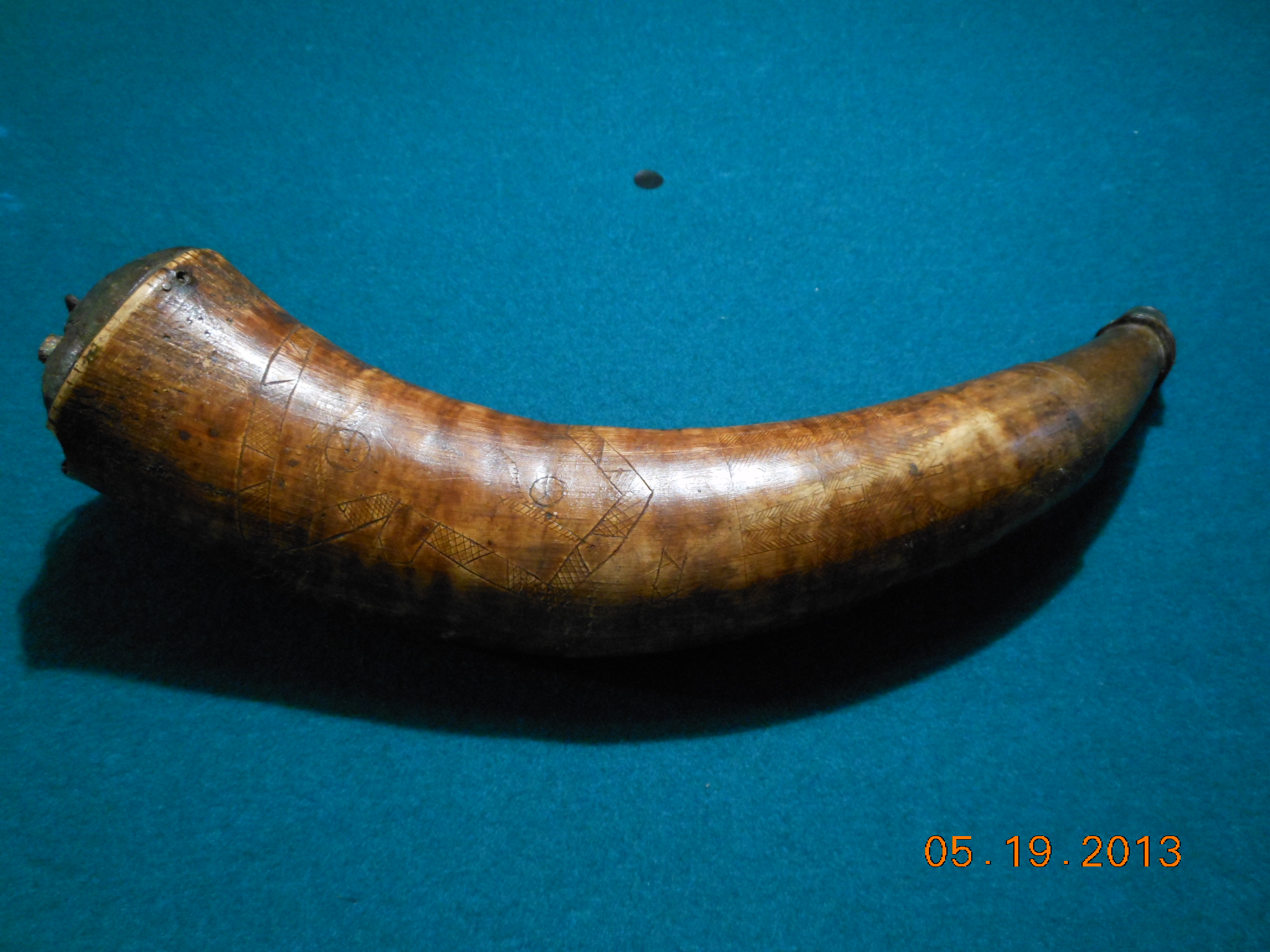
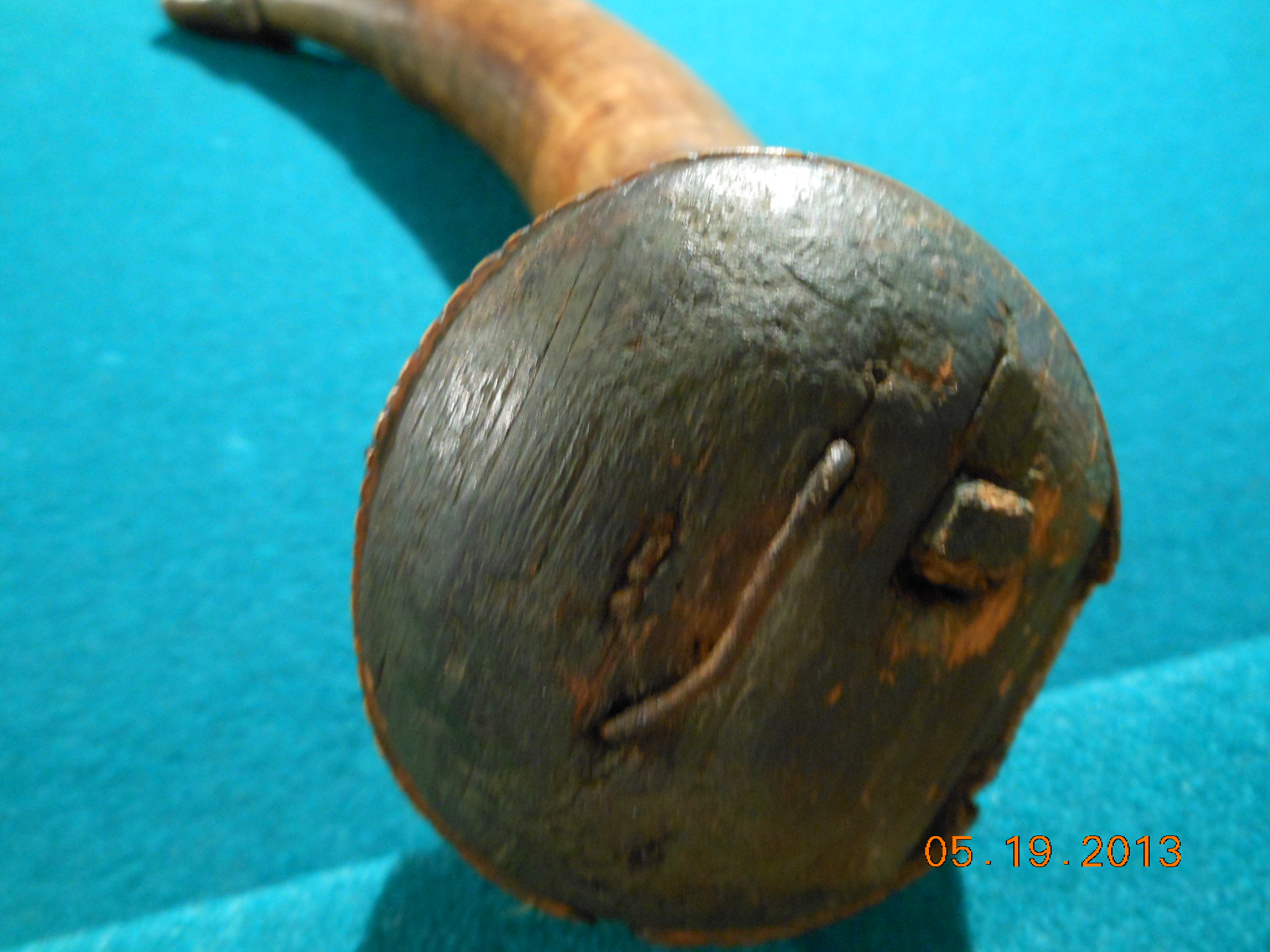

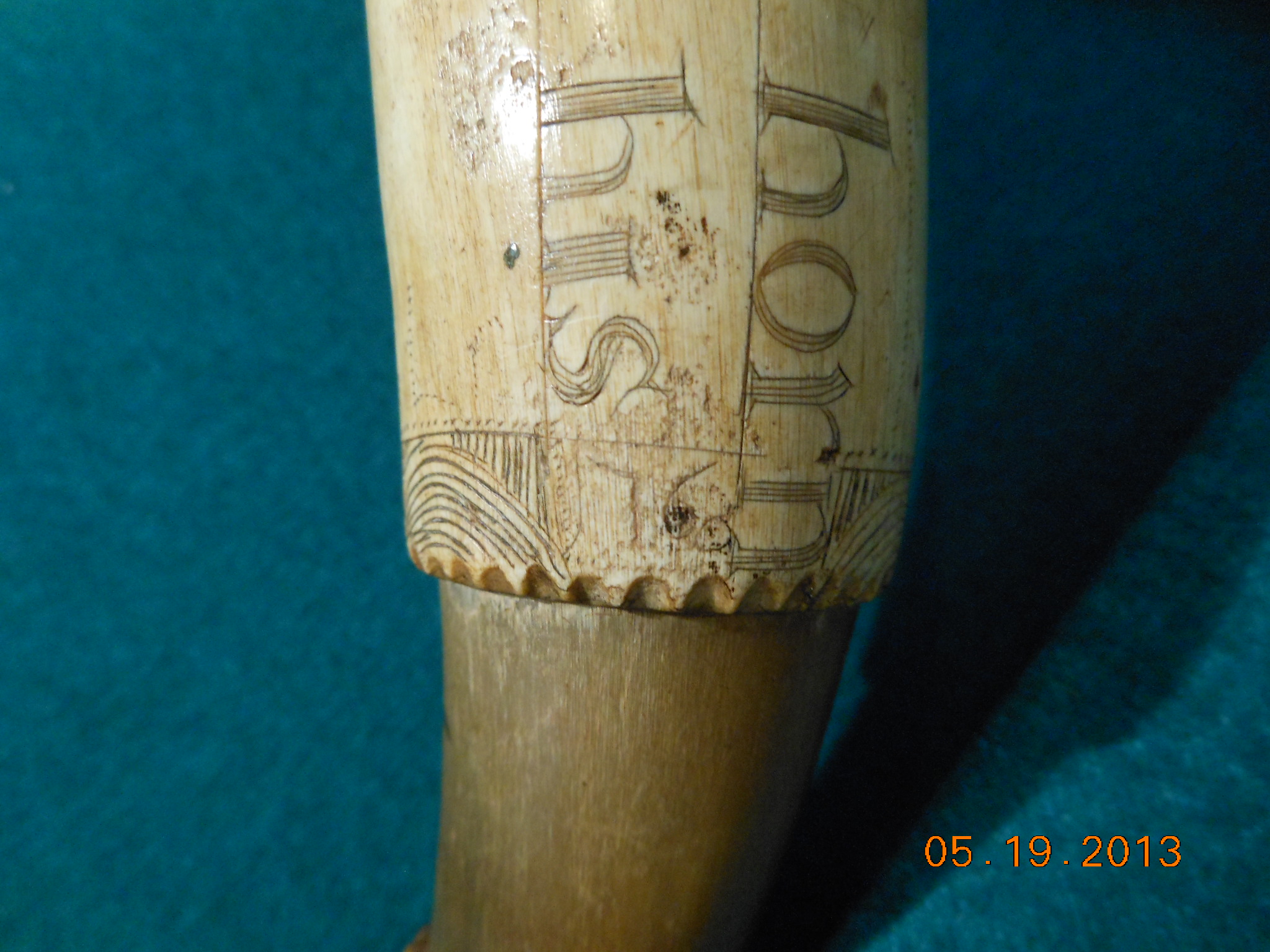
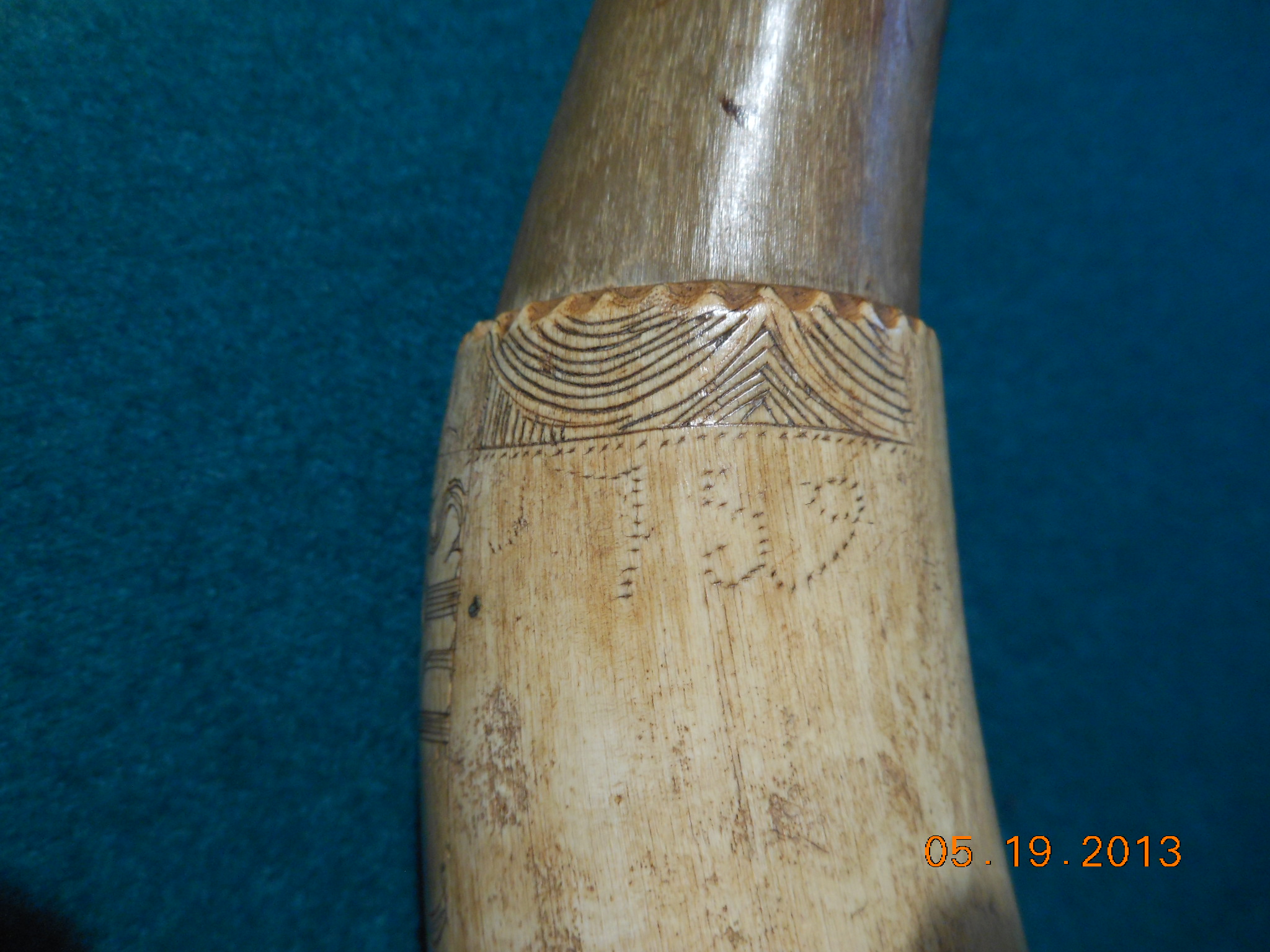
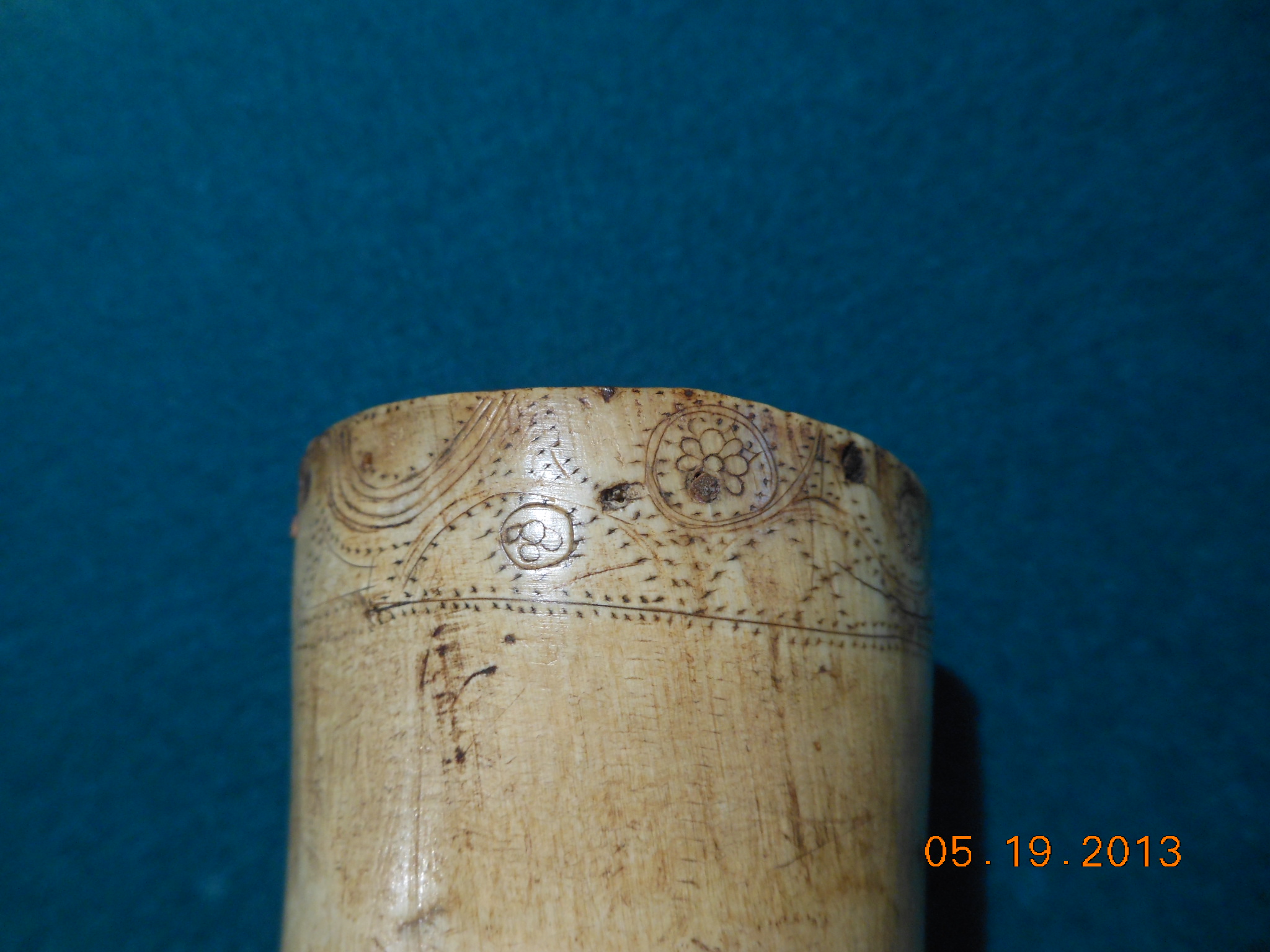




You must be logged in to post a comment.